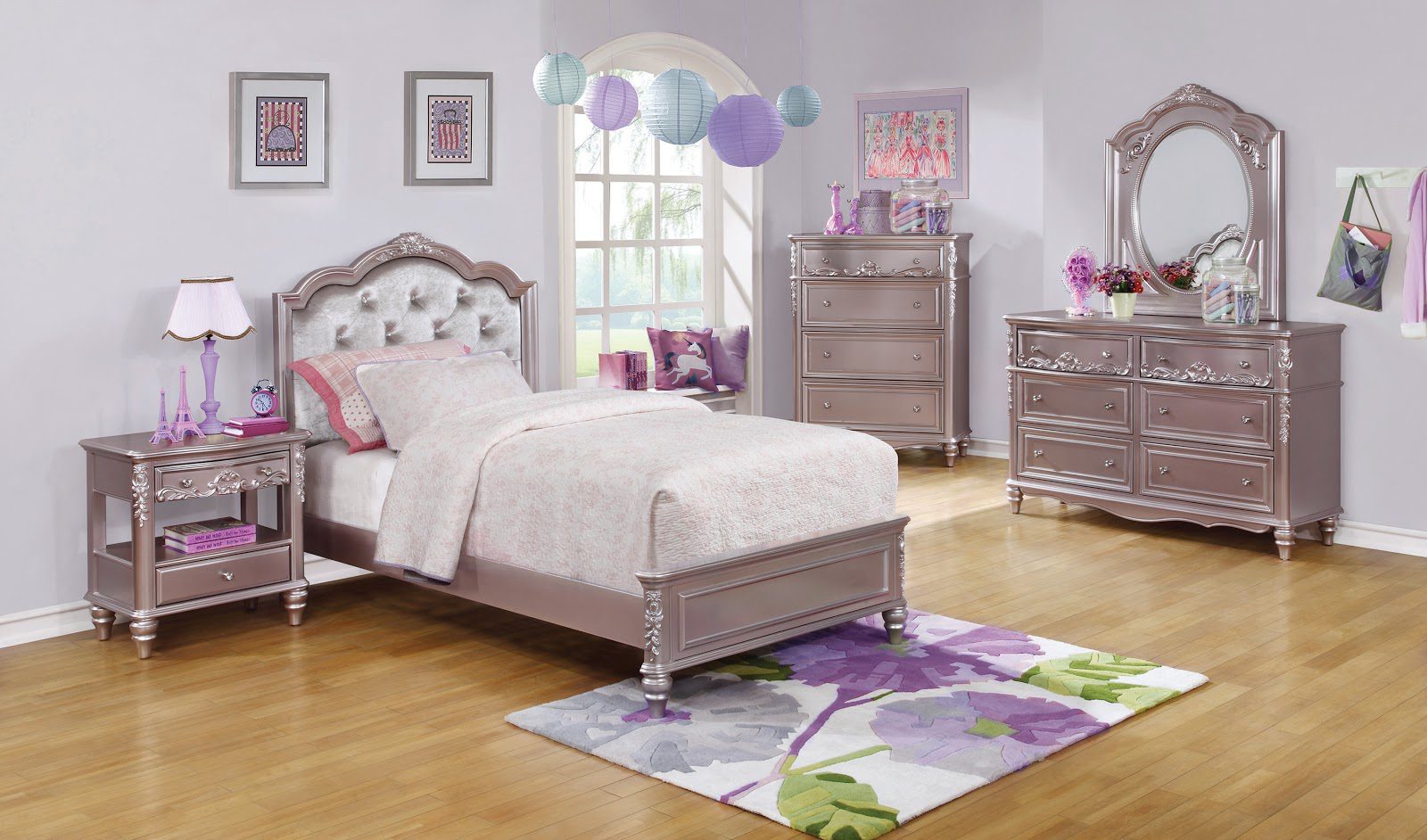Neutral colors are a popular choice for large living rooms as they create a calm and inviting atmosphere. These colors include shades of white, beige, grey, and cream. They are versatile and can be paired with almost any other color, making it easy to change up the room's look without having to completely repaint. Neutral colors also reflect light, making the room feel brighter and more spacious.Neutral Colors
For a cozy and welcoming feel, warm colors are a great choice for a large living room. These colors include shades of red, orange, and yellow. They add a touch of vibrancy and energy to the room, making it feel lively and inviting. However, it is important to balance warm colors with cooler tones to avoid overwhelming the space.Warm Colors
The opposite of warm colors, cool colors evoke a sense of calm and serenity in a large living room. These colors include shades of blue, green, and purple. They are perfect for creating a relaxing and peaceful atmosphere, making them great for lounging and entertaining. Cool colors work well with neutral tones and can also be paired with warm accents for a balanced look.Cool Colors
If you want to bring a touch of nature into your large living room, consider using earth tones. These colors are inspired by the natural world and include shades of brown, green, and warm greys. Earth tones create a warm and welcoming feel and can be paired with other natural elements such as wood and plants to enhance the natural aesthetic.Earth Tones
In a large living room, it's important to choose colors that will make the space feel bright and airy. Light shades such as pastels and off-white tones are perfect for this. They reflect light and create the illusion of a larger space. Light shades work well with both warm and cool colors, making them a versatile option for any style of living room.Light Shades
While light shades are great for creating a sense of space, dark hues can add depth and drama to a large living room. Dark colors like navy blue, deep green, and rich burgundy can make a statement and add a touch of sophistication to the space. However, it is important to balance dark colors with lighter accents to avoid making the room feel too heavy.Dark Hues
A monochromatic color scheme involves using different shades of the same color throughout the room. This can create a cohesive and elegant look in a large living room. For example, shades of grey can be used to create a modern and sophisticated feel, while shades of blue can create a calming and serene atmosphere. Monochromatic palettes also make it easy to add pops of color through accessories and decor.Monochromatic Palette
For a bold and eye-catching look, consider using contrasting colors in your large living room. This involves pairing colors that are opposite each other on the color wheel, such as blue and orange or purple and yellow. This creates a dynamic and visually appealing space, but it's important to use these colors sparingly to avoid overwhelming the room.Contrasting Colors
Similar to contrasting colors, complementary colors are also opposite each other on the color wheel. However, they are next to each other, creating a more harmonious and balanced look. For example, green and yellow create a fresh and natural feel, while purple and pink create a romantic and feminine atmosphere. Complementary colors can be used to create a focal point in the room or to add pops of color throughout.Complementary Colors
Analogous colors are colors that are next to each other on the color wheel. They create a sense of harmony and flow in a room. For a large living room, analogous colors can be used to create a cohesive and calming space. For example, shades of blue, green, and purple can be used together to create a serene and tranquil atmosphere. Analogous colors can also be paired with neutral tones to create a balanced look.Analogous Colors
How to Choose the Best Colors for Your Large Living Room
:max_bytes(150000):strip_icc()/beautiful-living-room-interior-with-colorful-area-rug--large-couch--and-abundant-natural-light-1210163723-a6f8f523c80a41b3a1272de88db0cc21.jpg)
Creating Balance in a Large Living Room
 When it comes to designing a large living room, choosing the right colors is crucial. With so much space to work with, it can be overwhelming to decide on a color scheme that will bring harmony and balance to the room. As a professional interior designer, I have seen many clients struggle with this aspect of their design. But fear not, I am here to share my top tips on choosing the best colors for a large living room.
When it comes to designing a large living room, choosing the right colors is crucial. With so much space to work with, it can be overwhelming to decide on a color scheme that will bring harmony and balance to the room. As a professional interior designer, I have seen many clients struggle with this aspect of their design. But fear not, I am here to share my top tips on choosing the best colors for a large living room.
Start with the Main Color
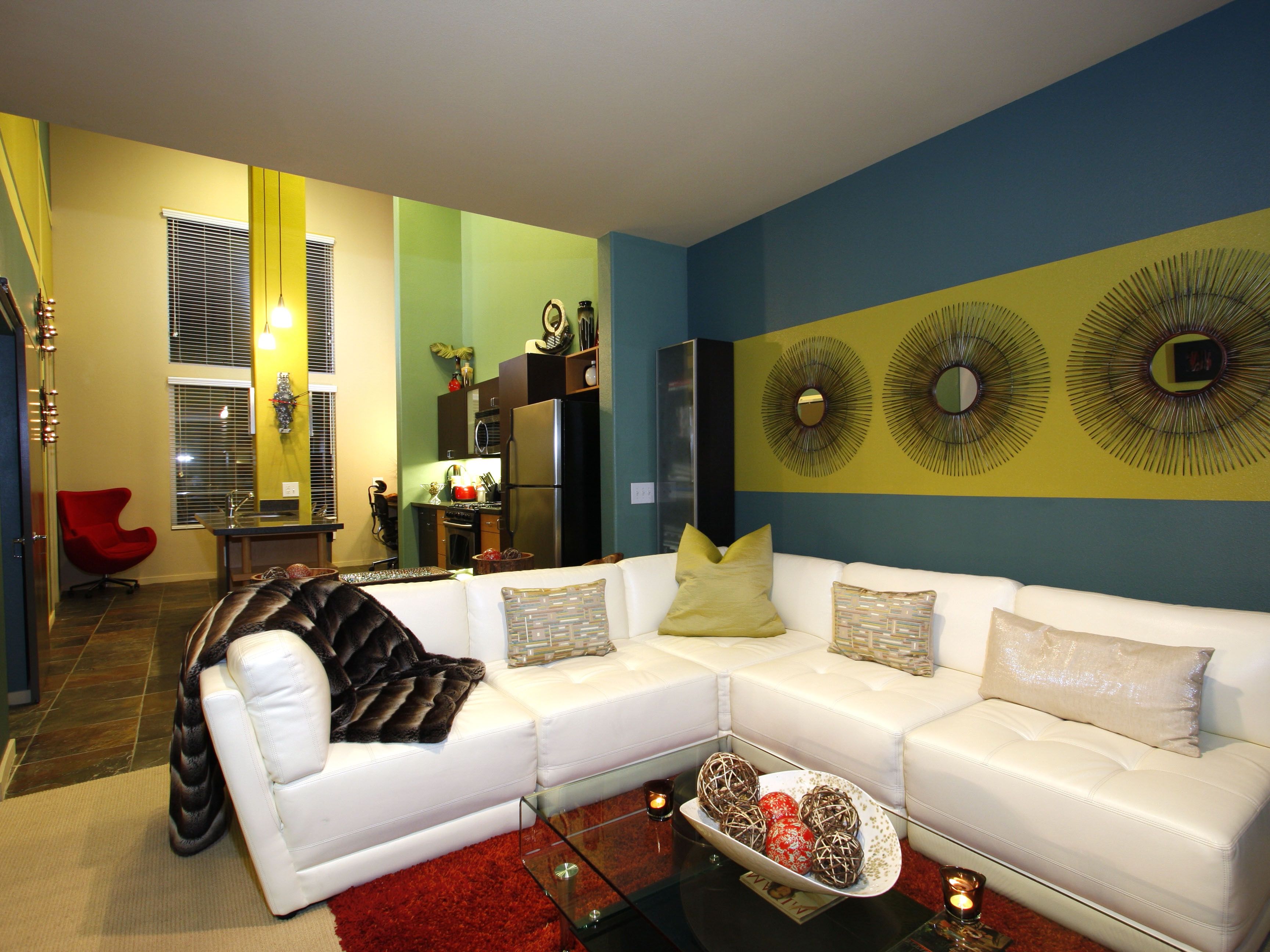 The first step in choosing the best colors for your large living room is to select the main color. This color will be the foundation of your design and will set the tone for the rest of the room. Consider using
neutral colors
such as beige, gray, or white as they create a calming and spacious atmosphere. These colors also serve as a great base for adding pops of color through furniture and decor.
The first step in choosing the best colors for your large living room is to select the main color. This color will be the foundation of your design and will set the tone for the rest of the room. Consider using
neutral colors
such as beige, gray, or white as they create a calming and spacious atmosphere. These colors also serve as a great base for adding pops of color through furniture and decor.
Complementary Colors for Accenting
 Once you have chosen your main color, it's time to add some accents to bring depth and interest to the room.
Complementary colors
are colors that are opposite each other on the color wheel, such as blue and orange or green and red. These colors create a bold and dynamic contrast that can add visual interest to a large living room. Be careful not to overdo it with these colors, as they can easily become overwhelming if used excessively.
Once you have chosen your main color, it's time to add some accents to bring depth and interest to the room.
Complementary colors
are colors that are opposite each other on the color wheel, such as blue and orange or green and red. These colors create a bold and dynamic contrast that can add visual interest to a large living room. Be careful not to overdo it with these colors, as they can easily become overwhelming if used excessively.
Monochromatic Scheme for a Modern Look
 If you prefer a more
modern and sleek
look, consider using a monochromatic color scheme. This means using different shades and tints of the same color throughout the room. For example, you could use different shades of blue, from light to dark, to create a cohesive and sophisticated look. This color scheme works particularly well in large living rooms, as it creates a sense of unity and flow.
If you prefer a more
modern and sleek
look, consider using a monochromatic color scheme. This means using different shades and tints of the same color throughout the room. For example, you could use different shades of blue, from light to dark, to create a cohesive and sophisticated look. This color scheme works particularly well in large living rooms, as it creates a sense of unity and flow.
Consider the Room's Natural Light
 When choosing colors for a large living room, it's important to consider the room's natural light. If the room receives a lot of natural light, you can use darker colors without worrying about the room feeling too dark. However, if the room has limited natural light, stick to lighter colors to avoid making the room feel too gloomy.
Light and airy colors
such as pastels or off-white can help to brighten up a room and make it feel more spacious.
When choosing colors for a large living room, it's important to consider the room's natural light. If the room receives a lot of natural light, you can use darker colors without worrying about the room feeling too dark. However, if the room has limited natural light, stick to lighter colors to avoid making the room feel too gloomy.
Light and airy colors
such as pastels or off-white can help to brighten up a room and make it feel more spacious.
Don't Forget About Texture
 Lastly, don't forget about incorporating texture into your color scheme. This can be done through the use of different materials and fabrics, such as a plush rug, a leather couch, or a velvet armchair. These textures can add depth and dimension to a room, making it feel more inviting and cozy.
In conclusion, when choosing colors for a large living room, it's important to consider balance, natural light, and texture. By following these tips and getting creative with your color choices, you can create a stunning and harmonious space that you will love to spend time in. So go ahead and experiment with different colors and have fun designing your dream living room!
Lastly, don't forget about incorporating texture into your color scheme. This can be done through the use of different materials and fabrics, such as a plush rug, a leather couch, or a velvet armchair. These textures can add depth and dimension to a room, making it feel more inviting and cozy.
In conclusion, when choosing colors for a large living room, it's important to consider balance, natural light, and texture. By following these tips and getting creative with your color choices, you can create a stunning and harmonious space that you will love to spend time in. So go ahead and experiment with different colors and have fun designing your dream living room!




:max_bytes(150000):strip_icc()/what-is-a-neutral-color-1973822-03-3fab8b5a361d49638d3de1cbaf579a22.jpg)
/Lee-Edwards-Getty-Images-56a5ae653df78cf7728968ec.jpg)

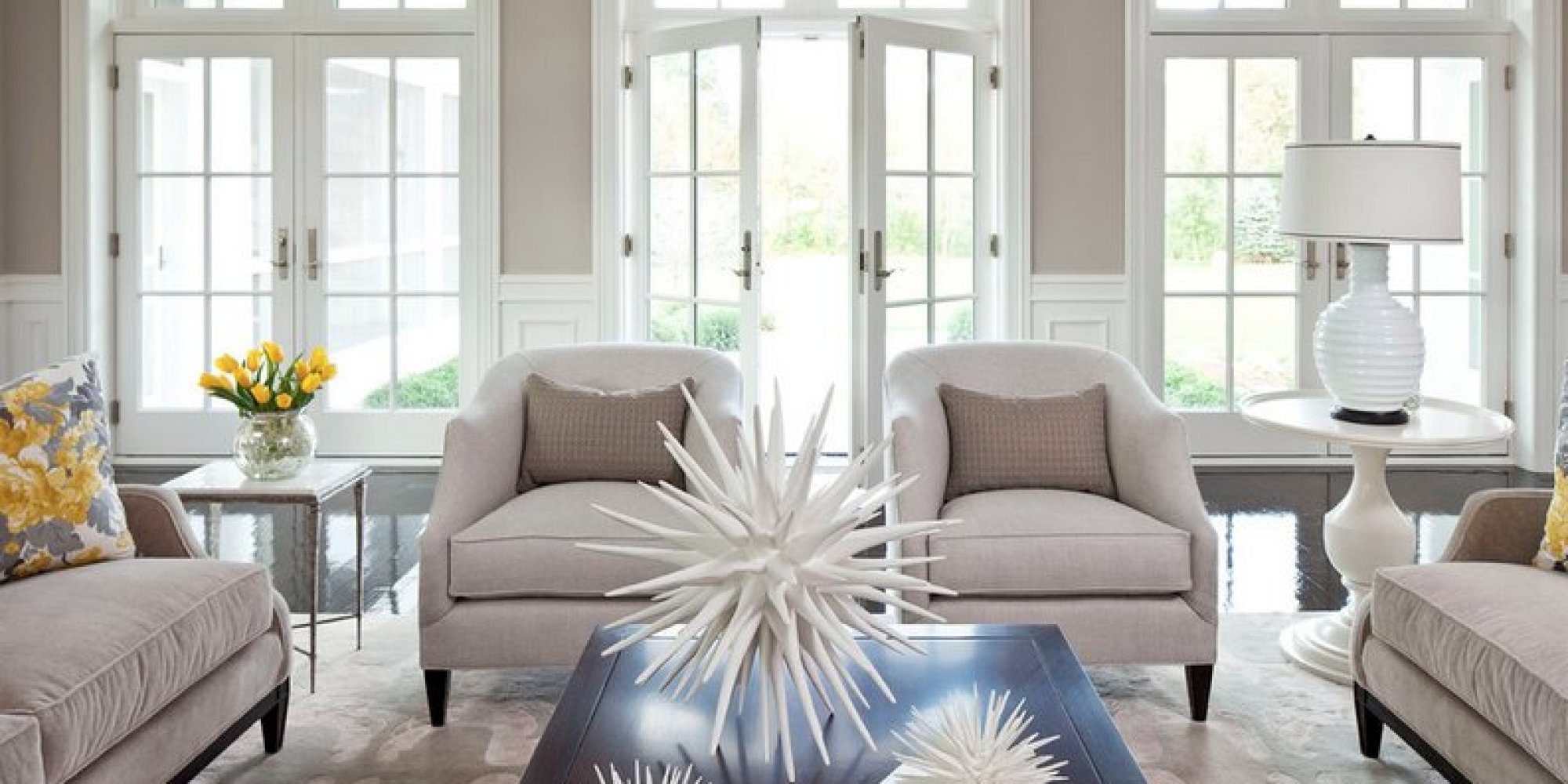
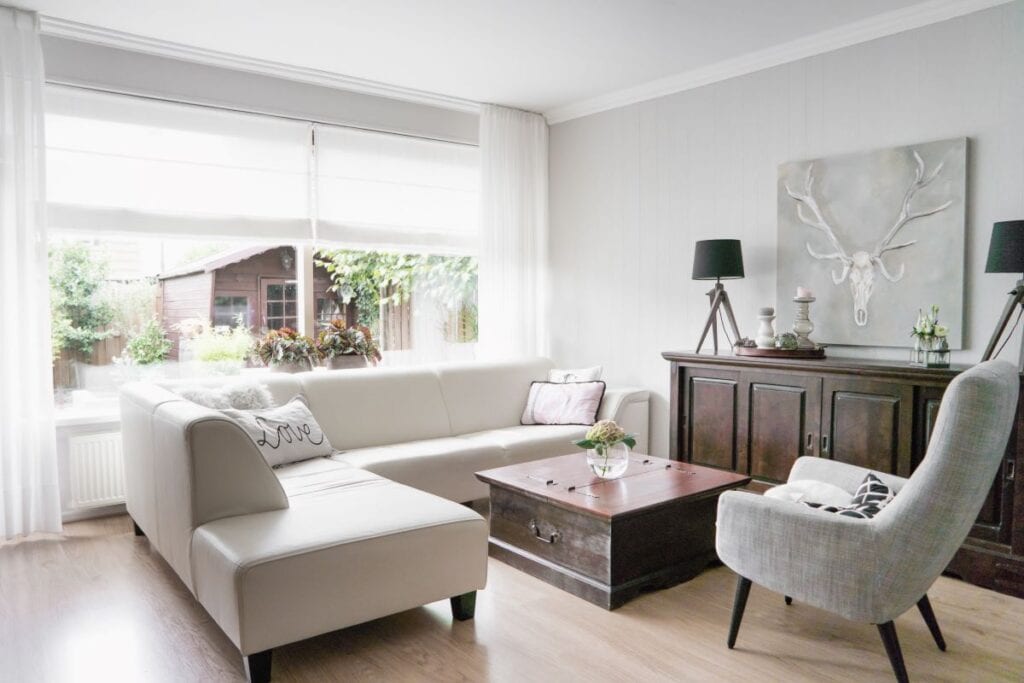
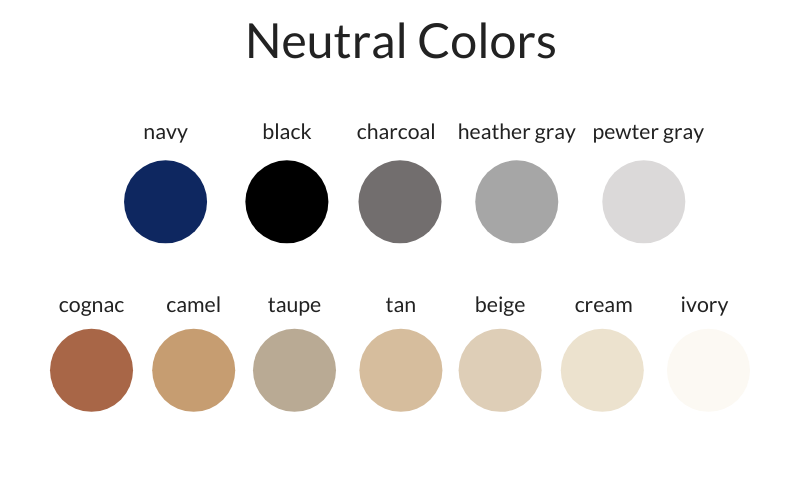
/clark_Kensington_neutrals-57db7f2e5f9b5865164b7baa.png)
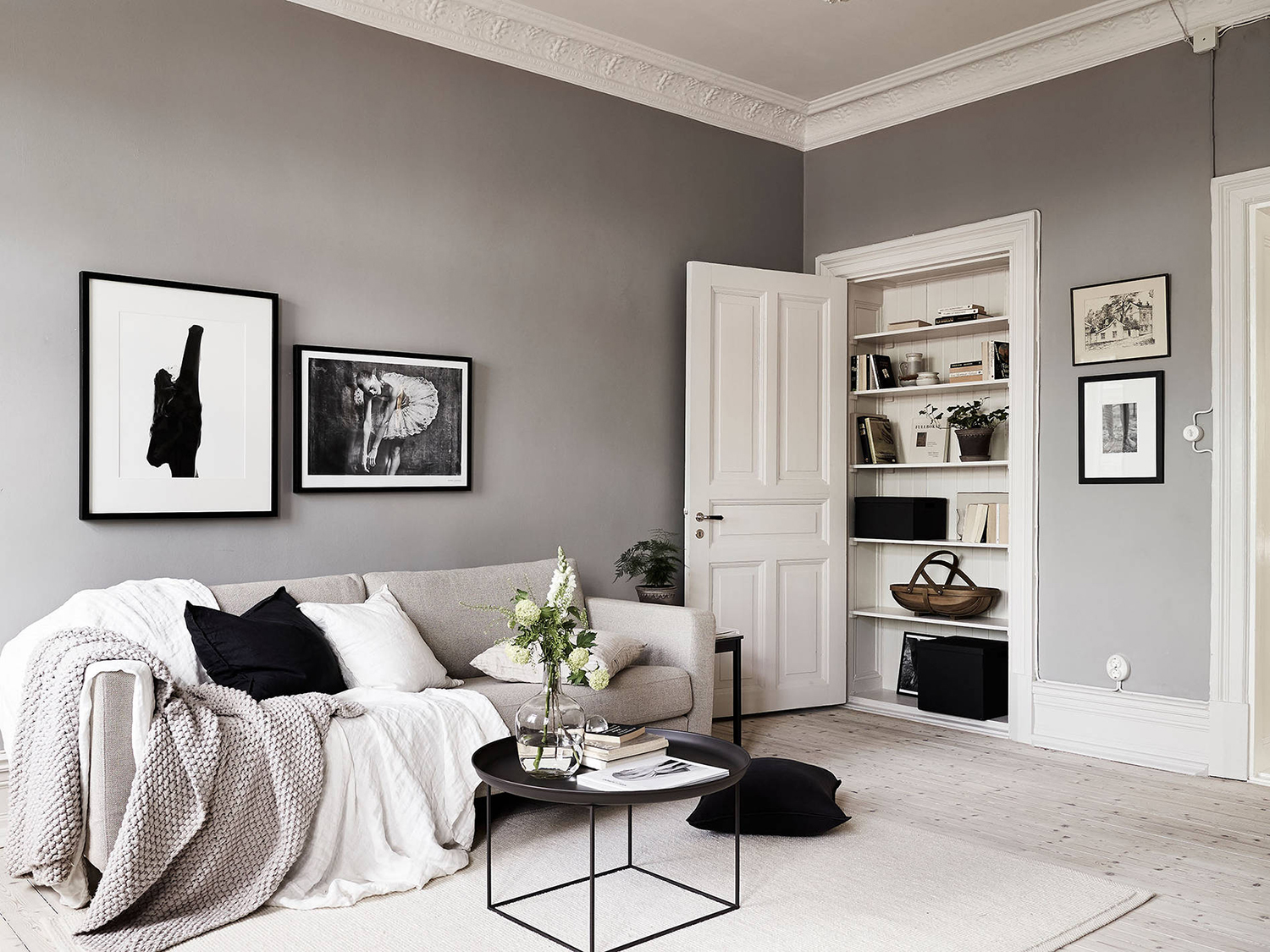

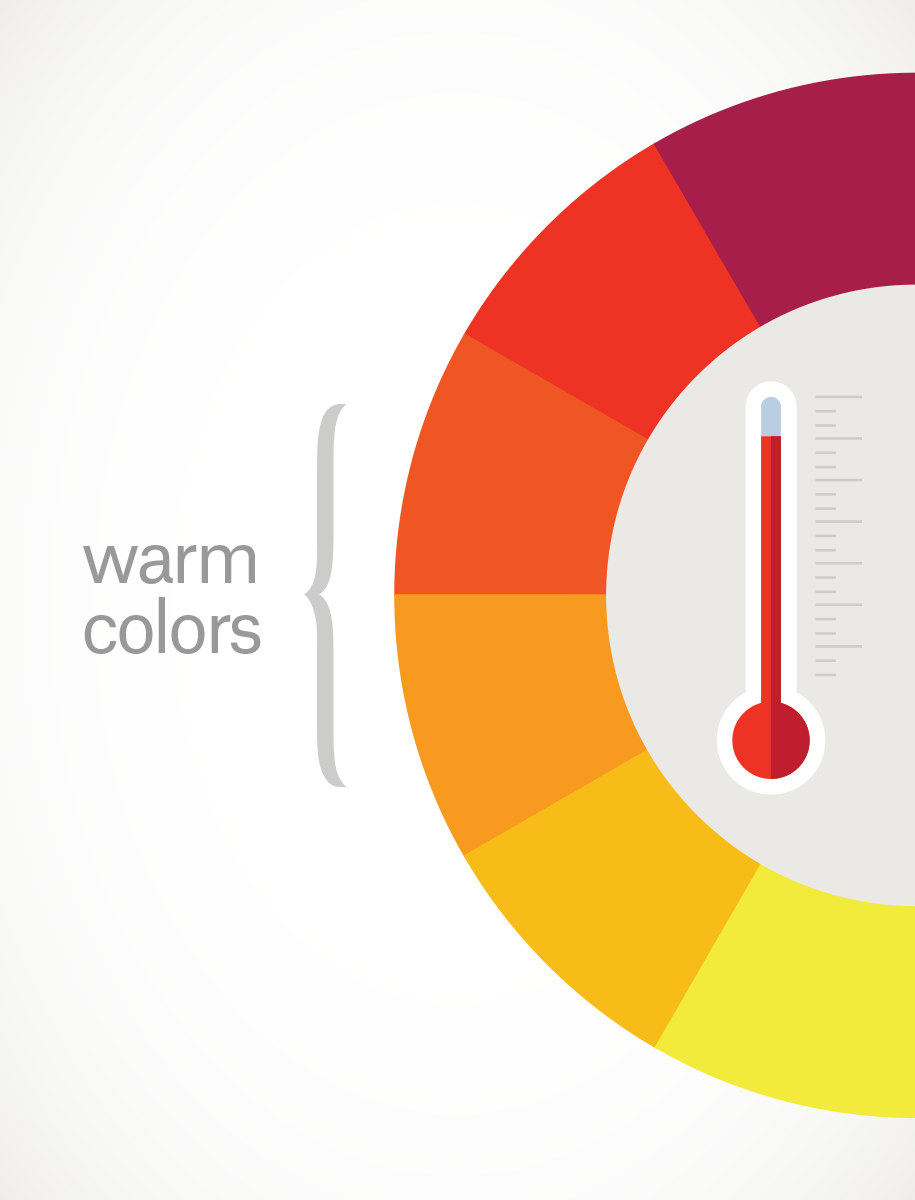


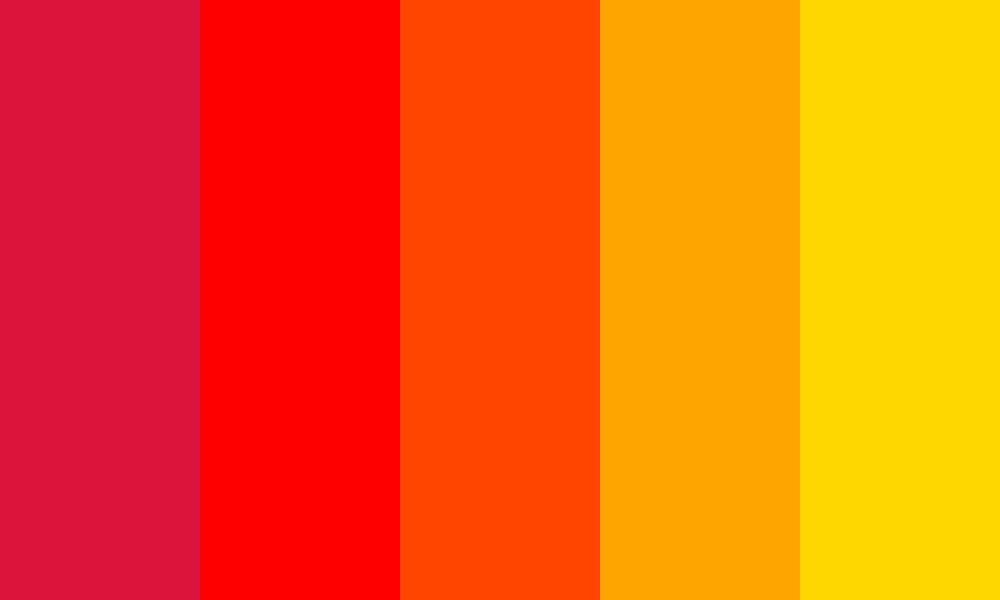

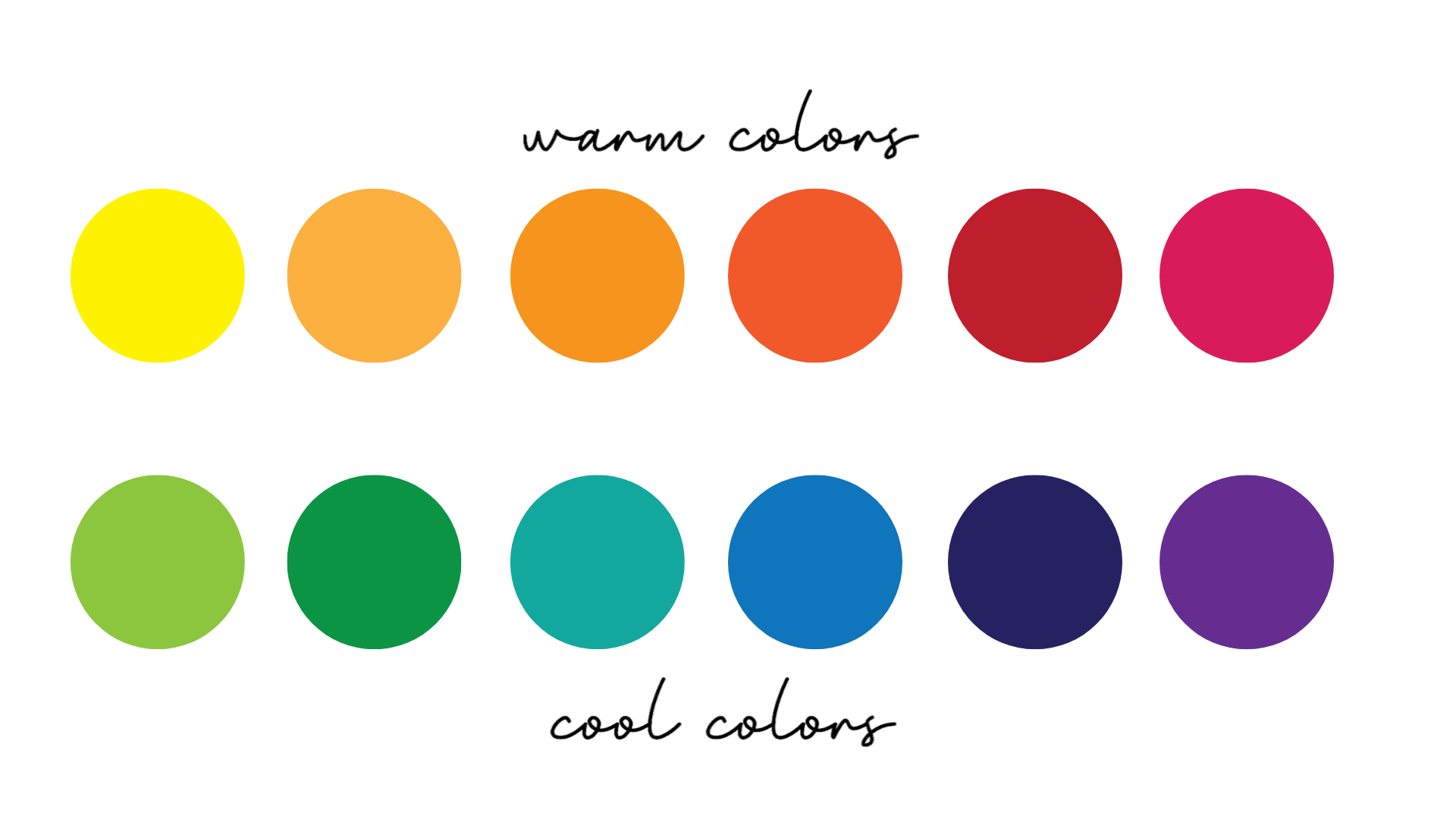
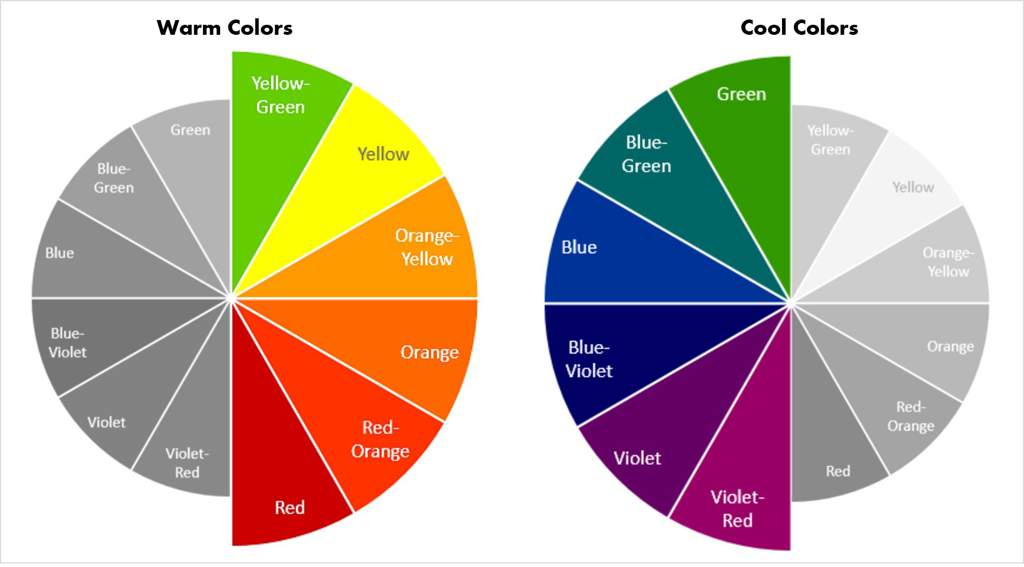

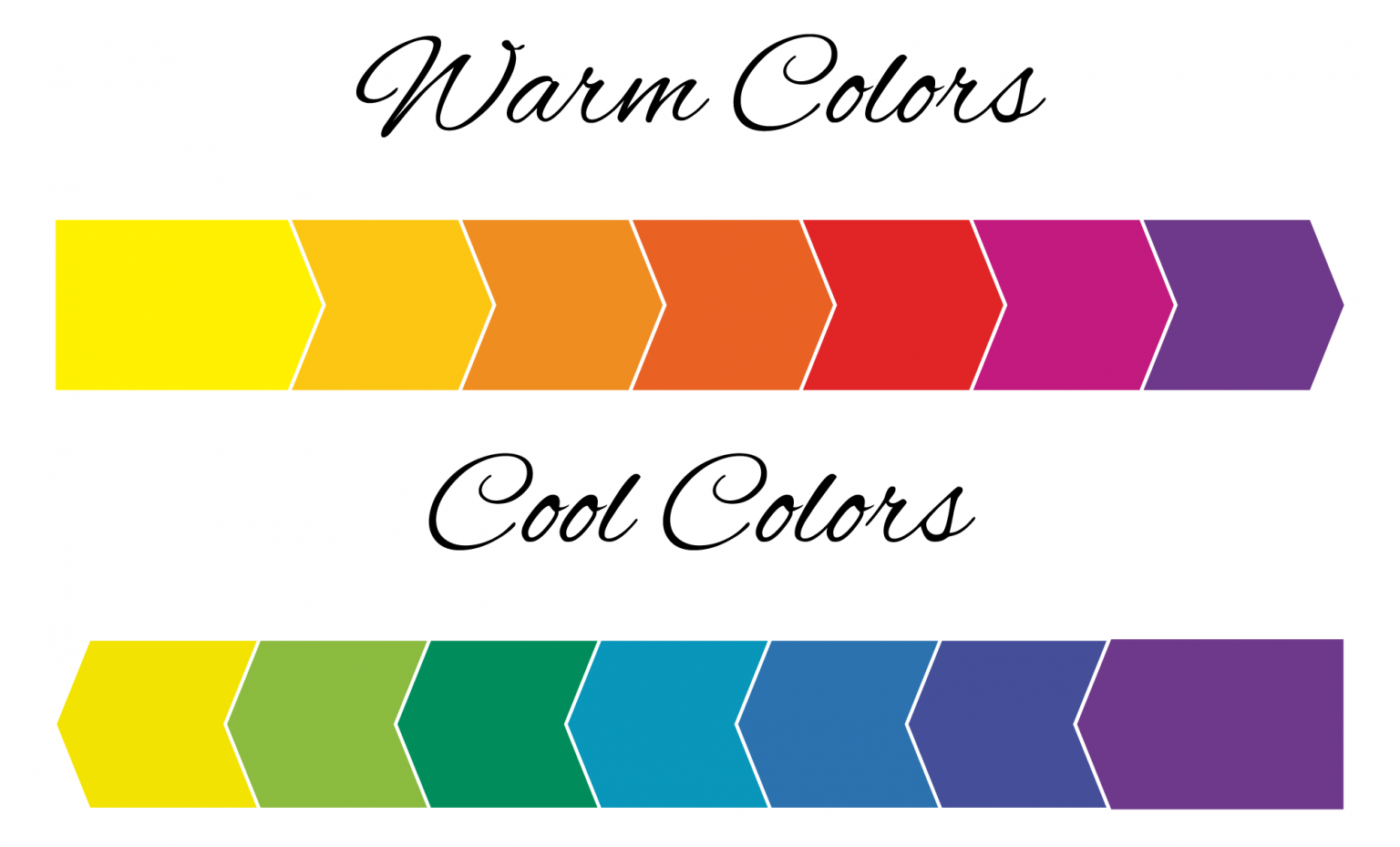








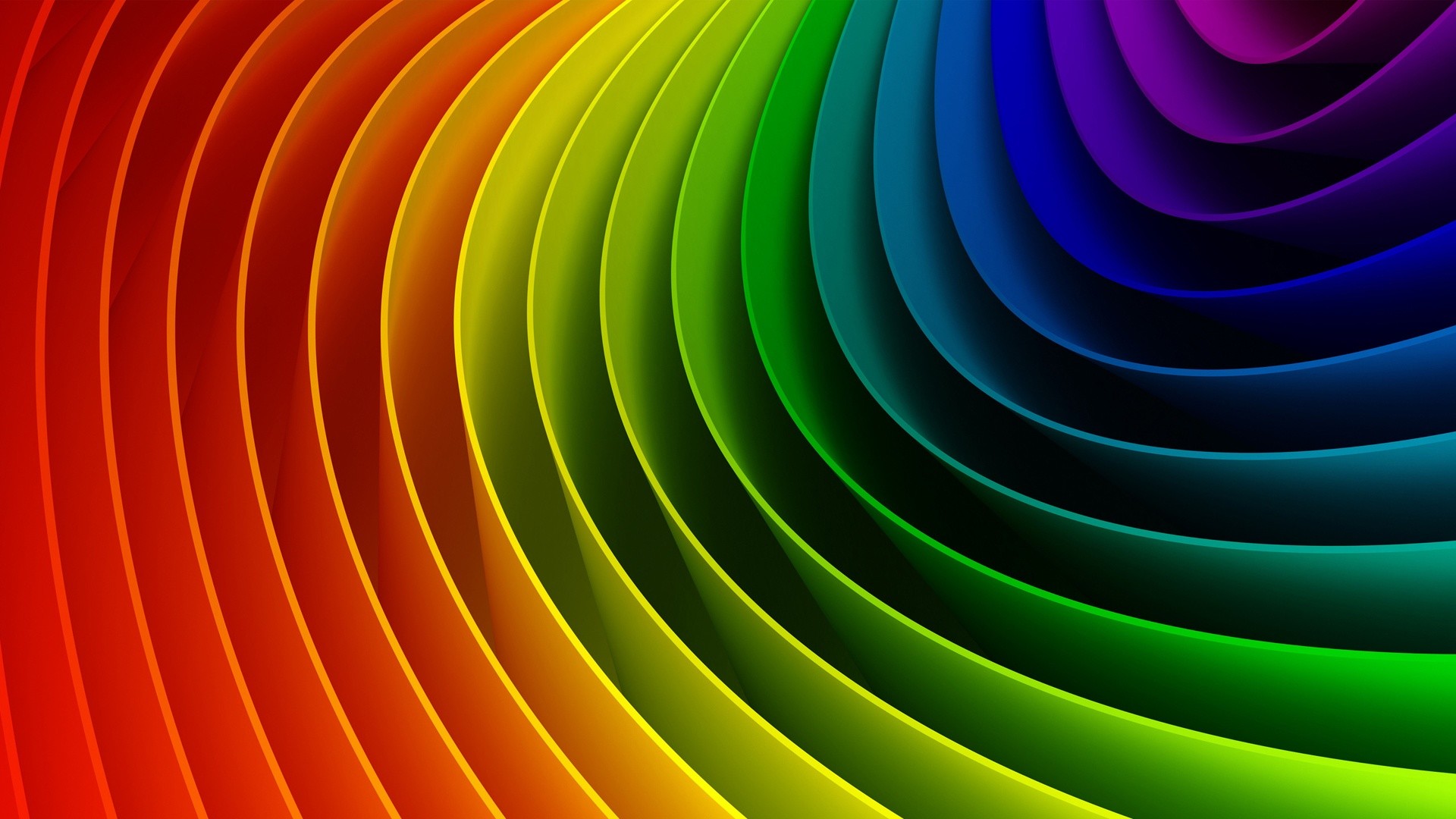







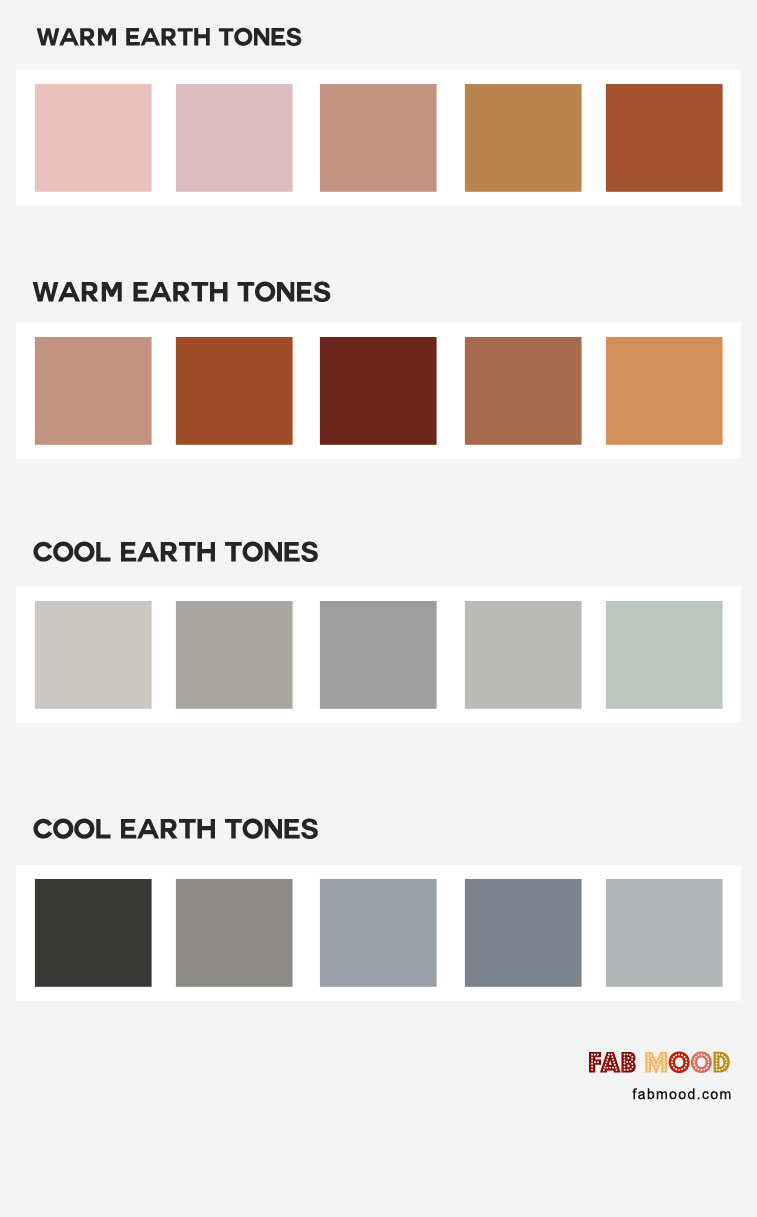


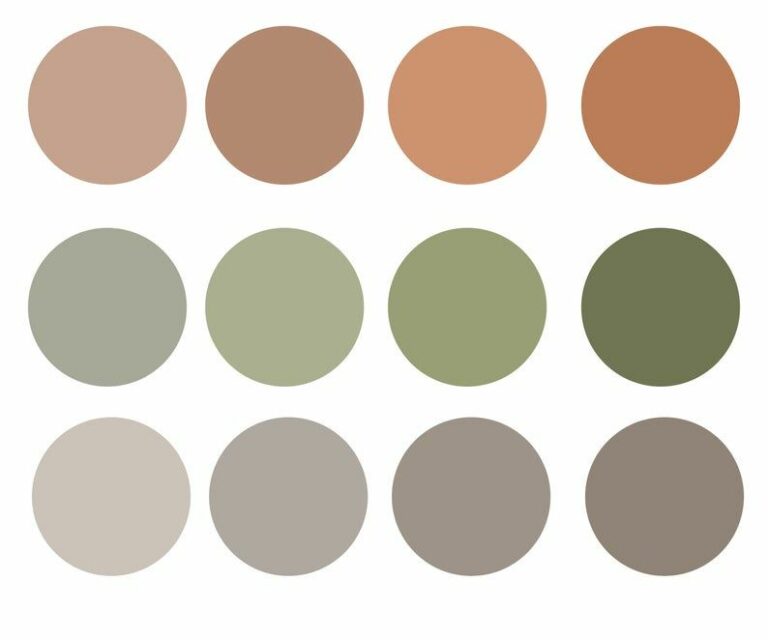


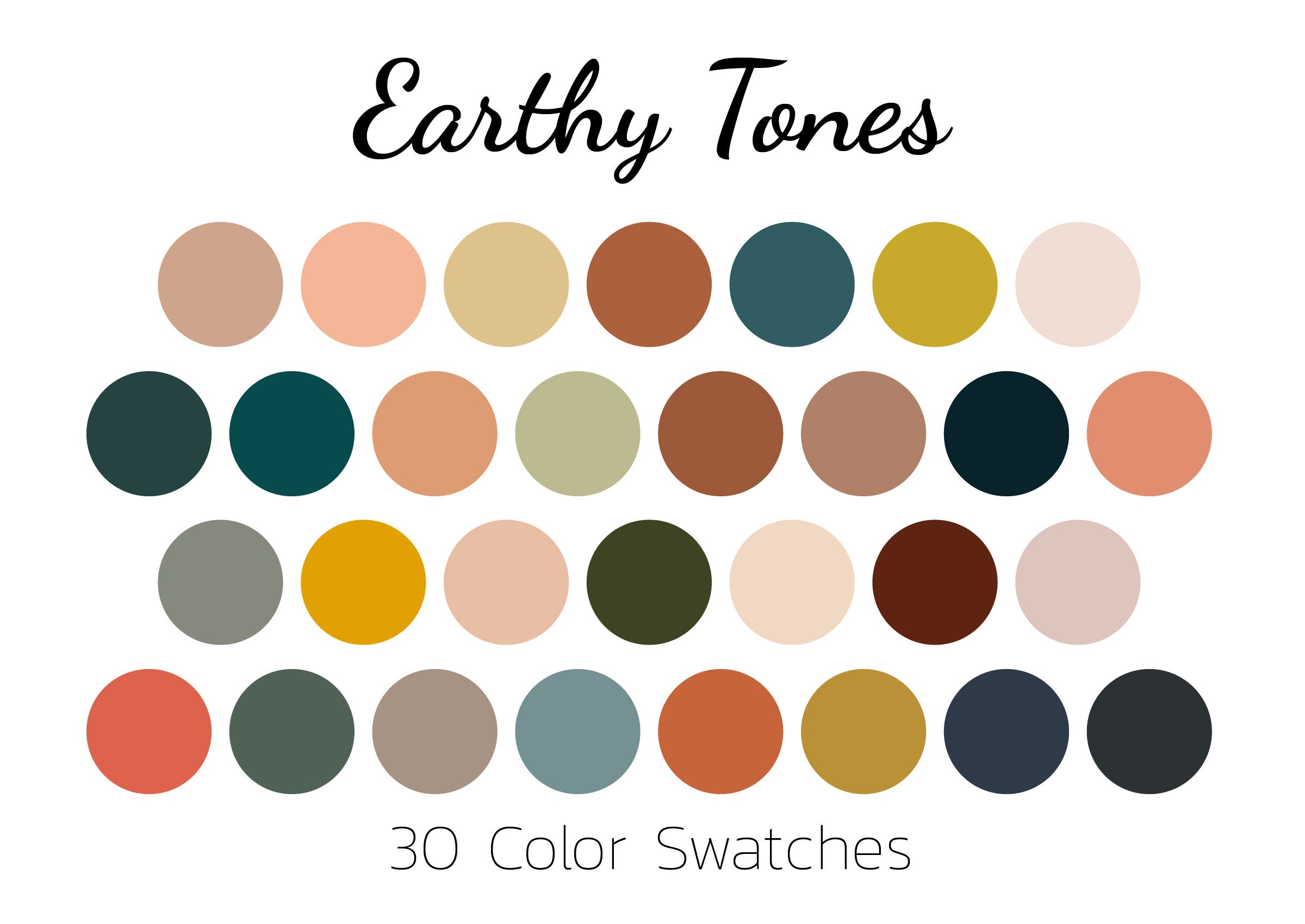

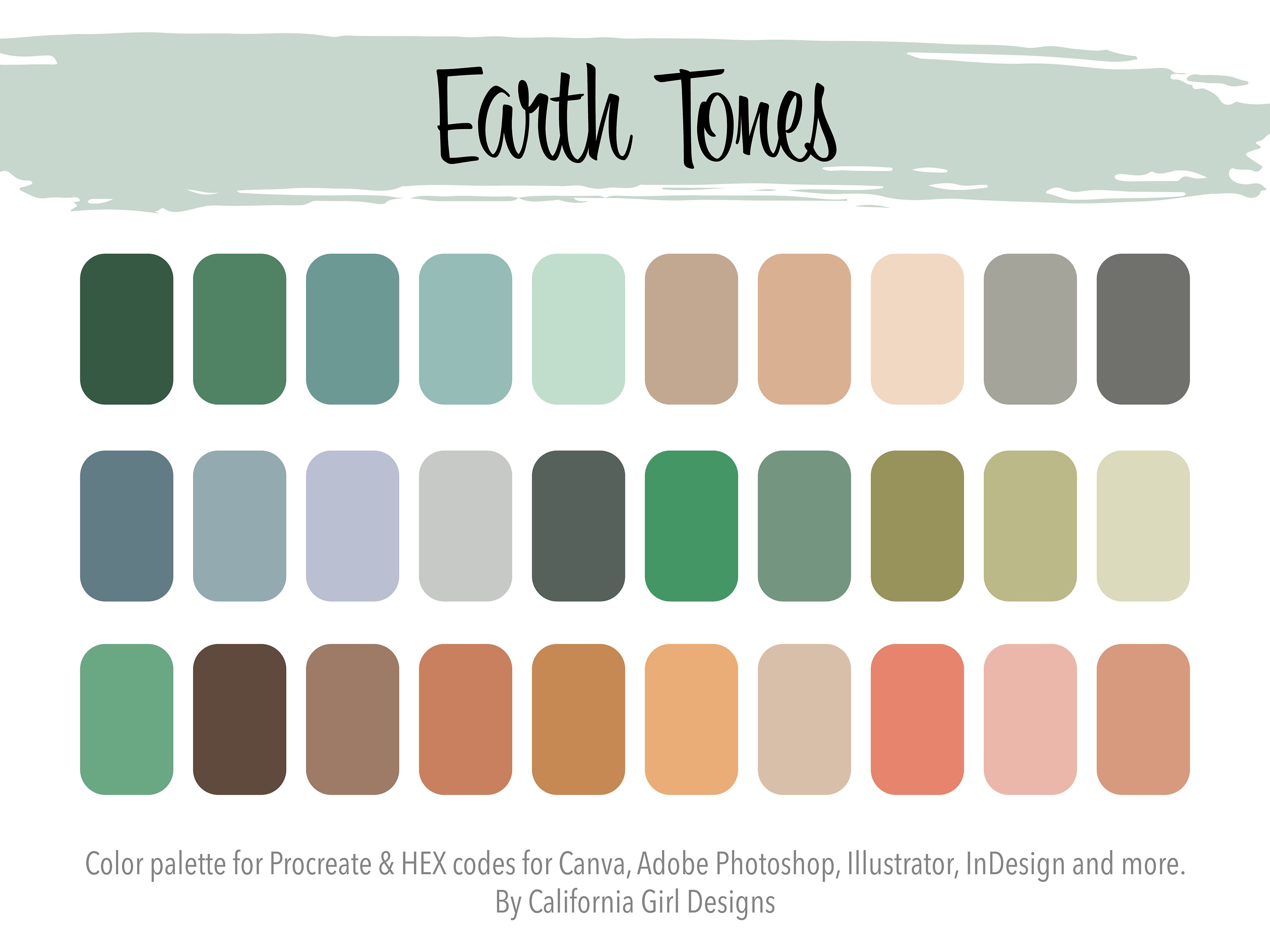


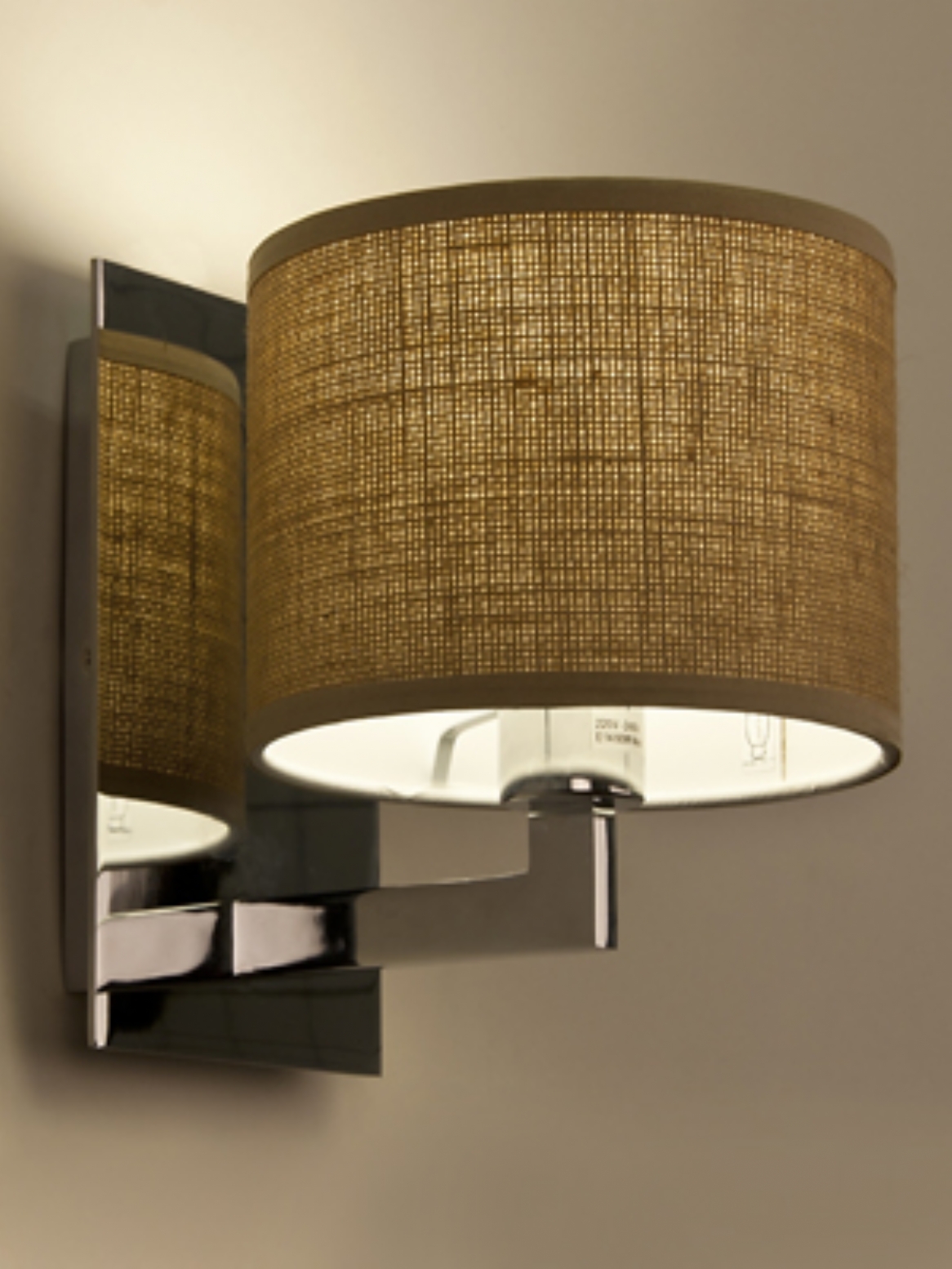


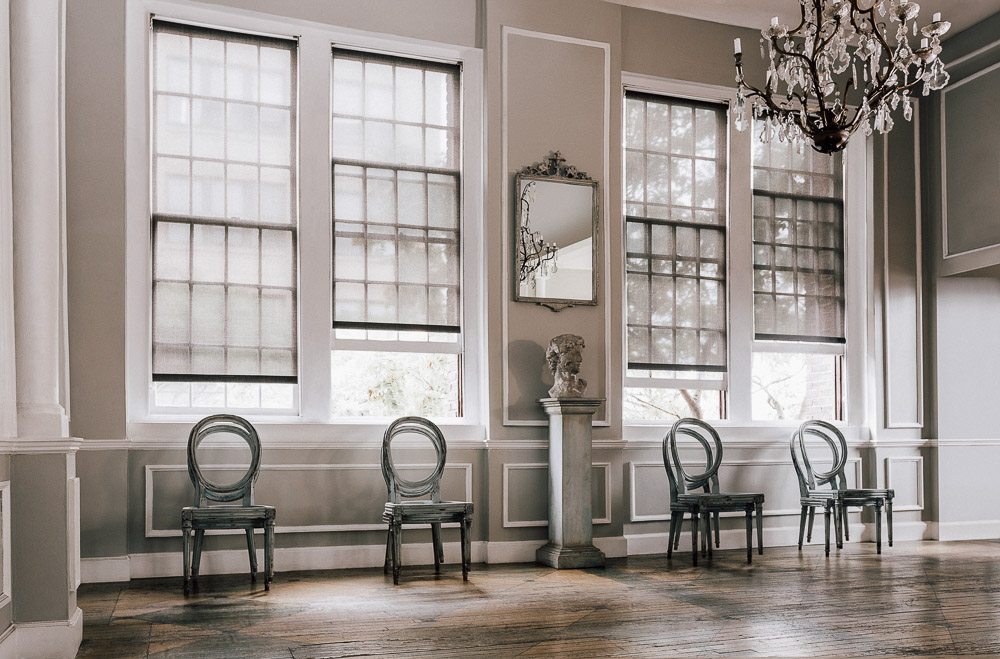
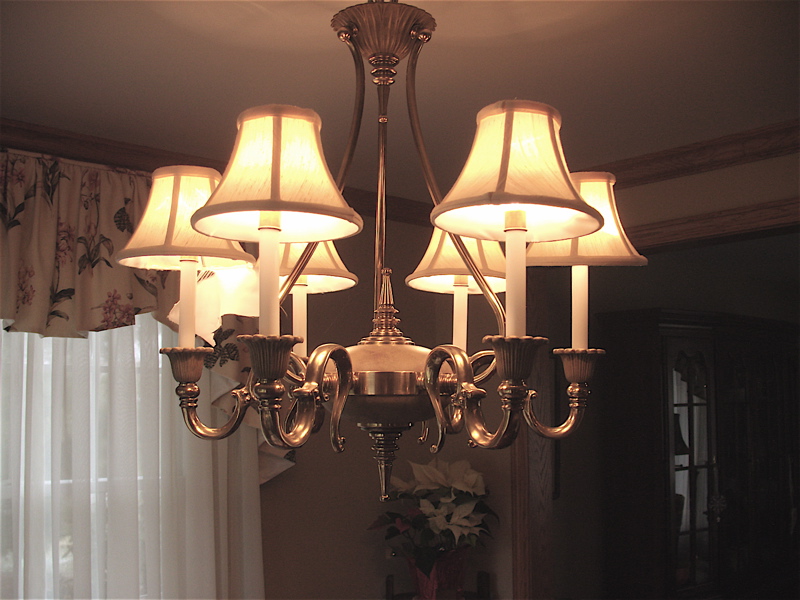
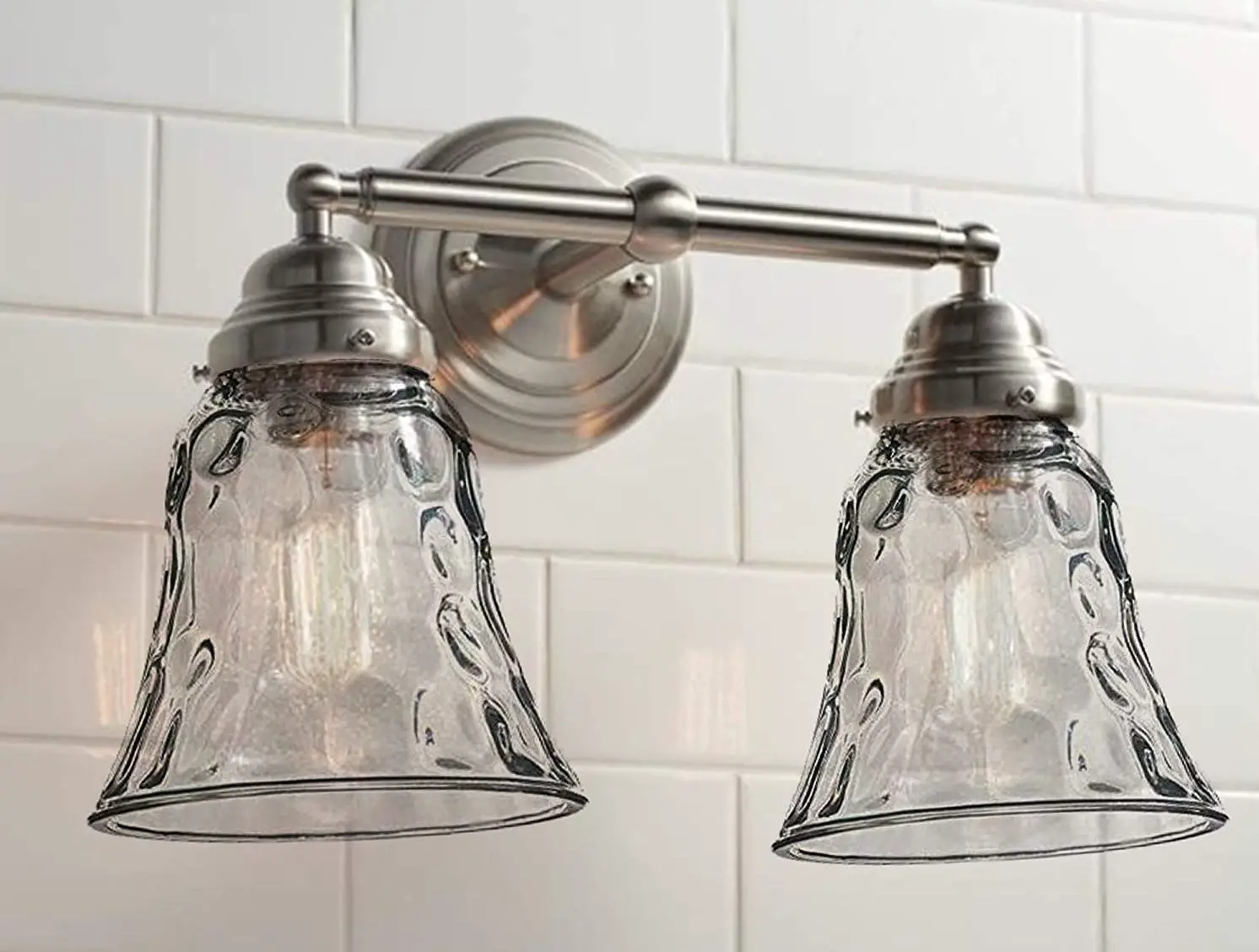




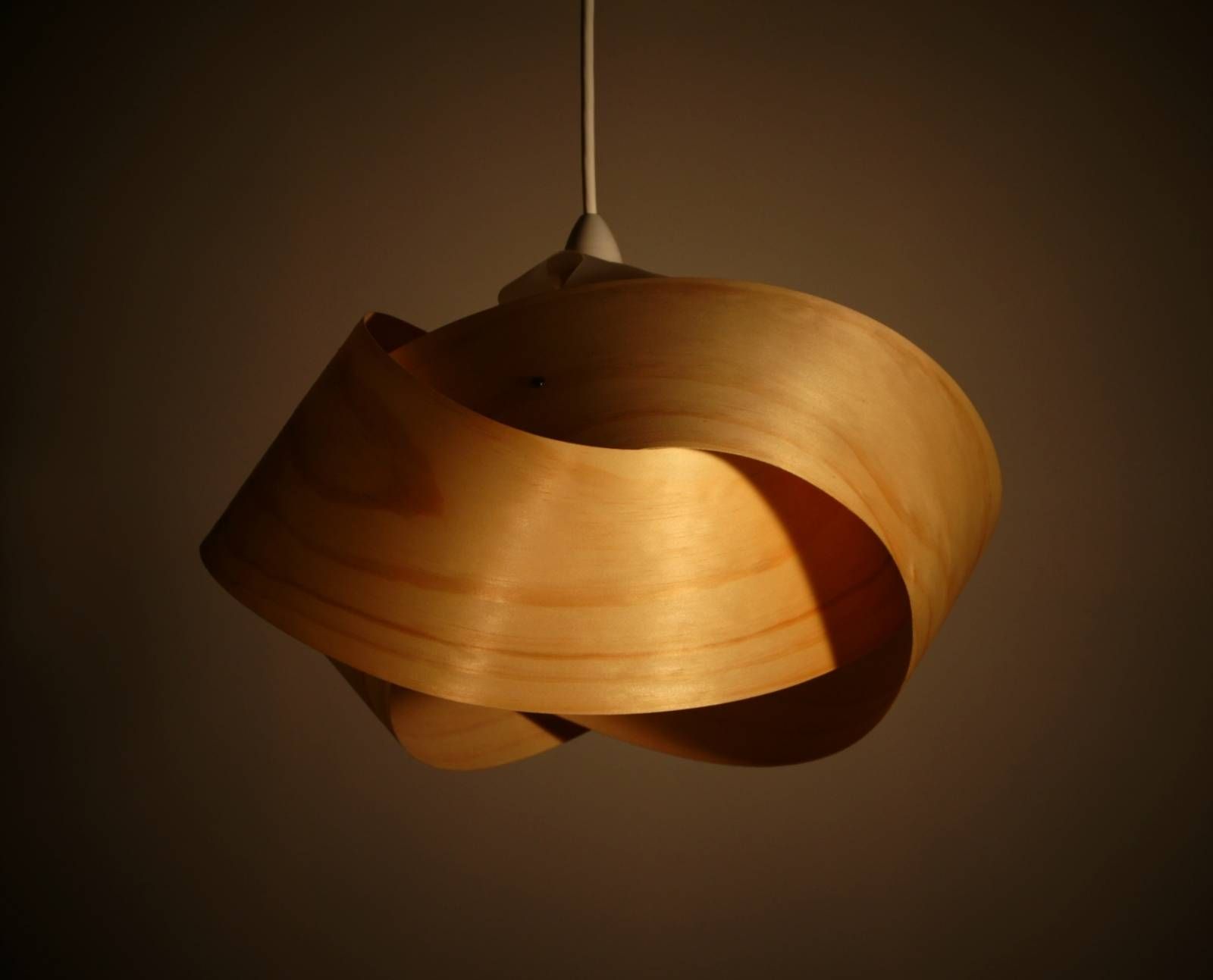





















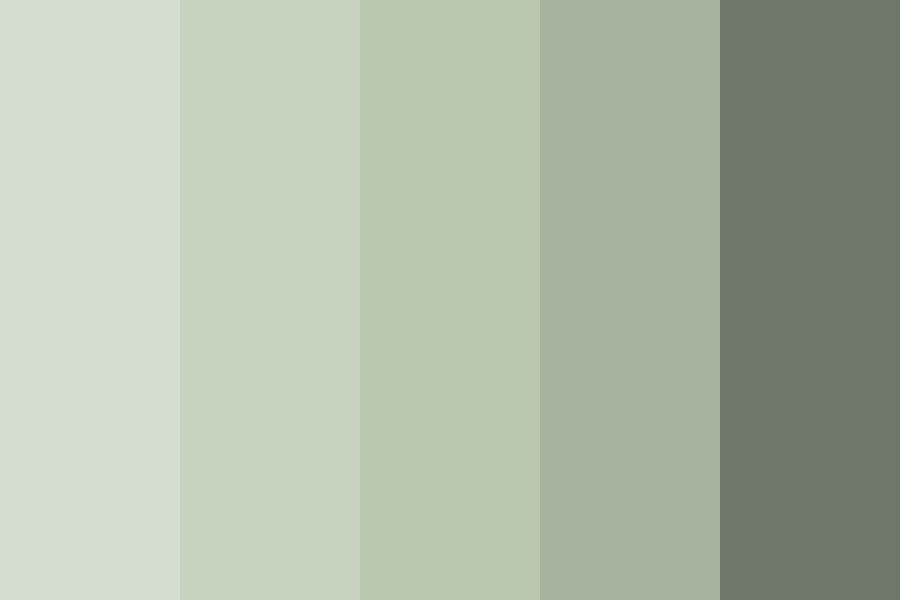
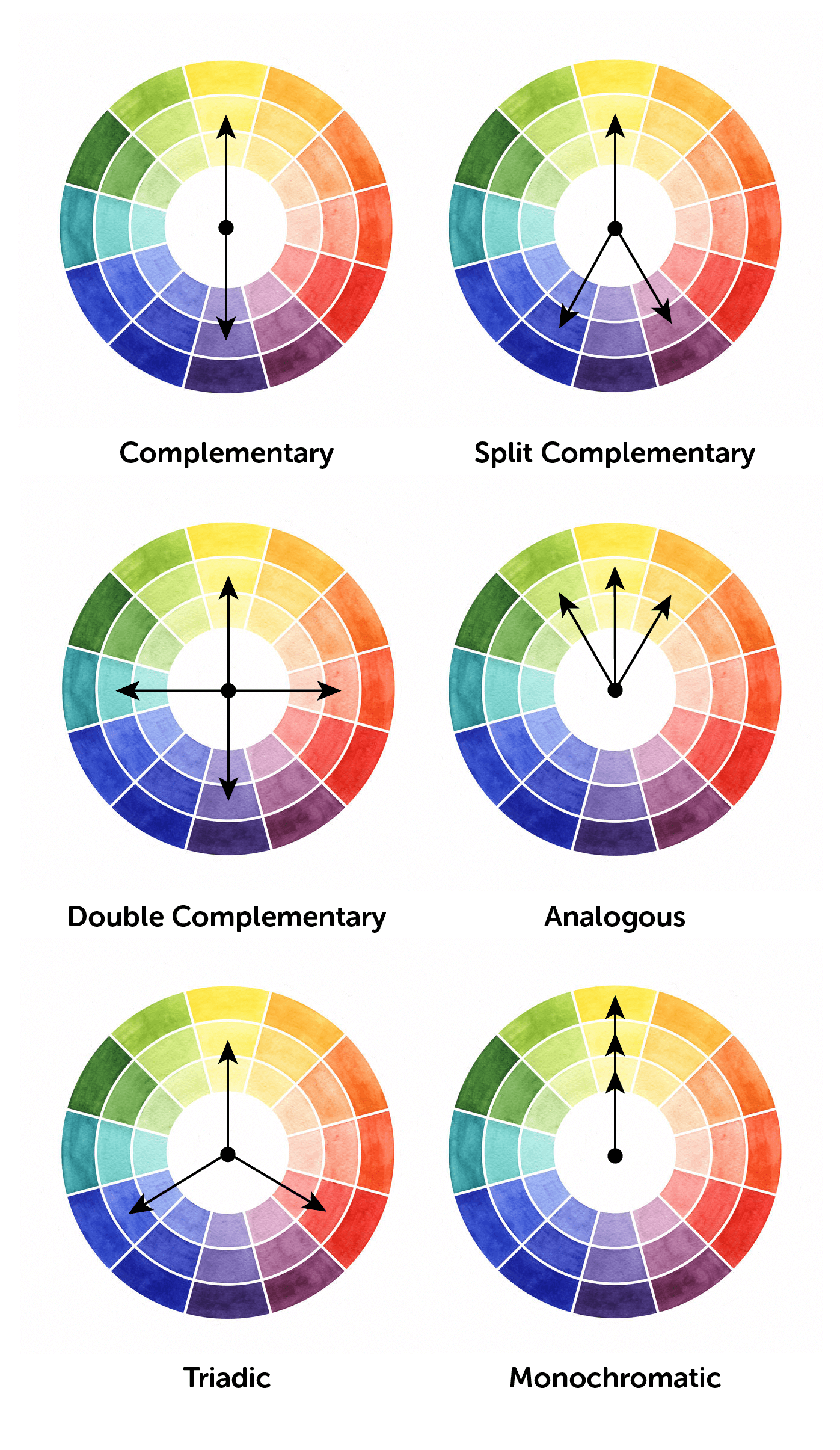


/Color-Contrast-Chart-59091b973df78c9283e31928.jpg)
/Colorwheel-58d0206f3df78c3c4f45653b.jpg)





:max_bytes(150000):strip_icc()/Lista_complementarios-56a6e6cb3df78cf77290d98b.png)


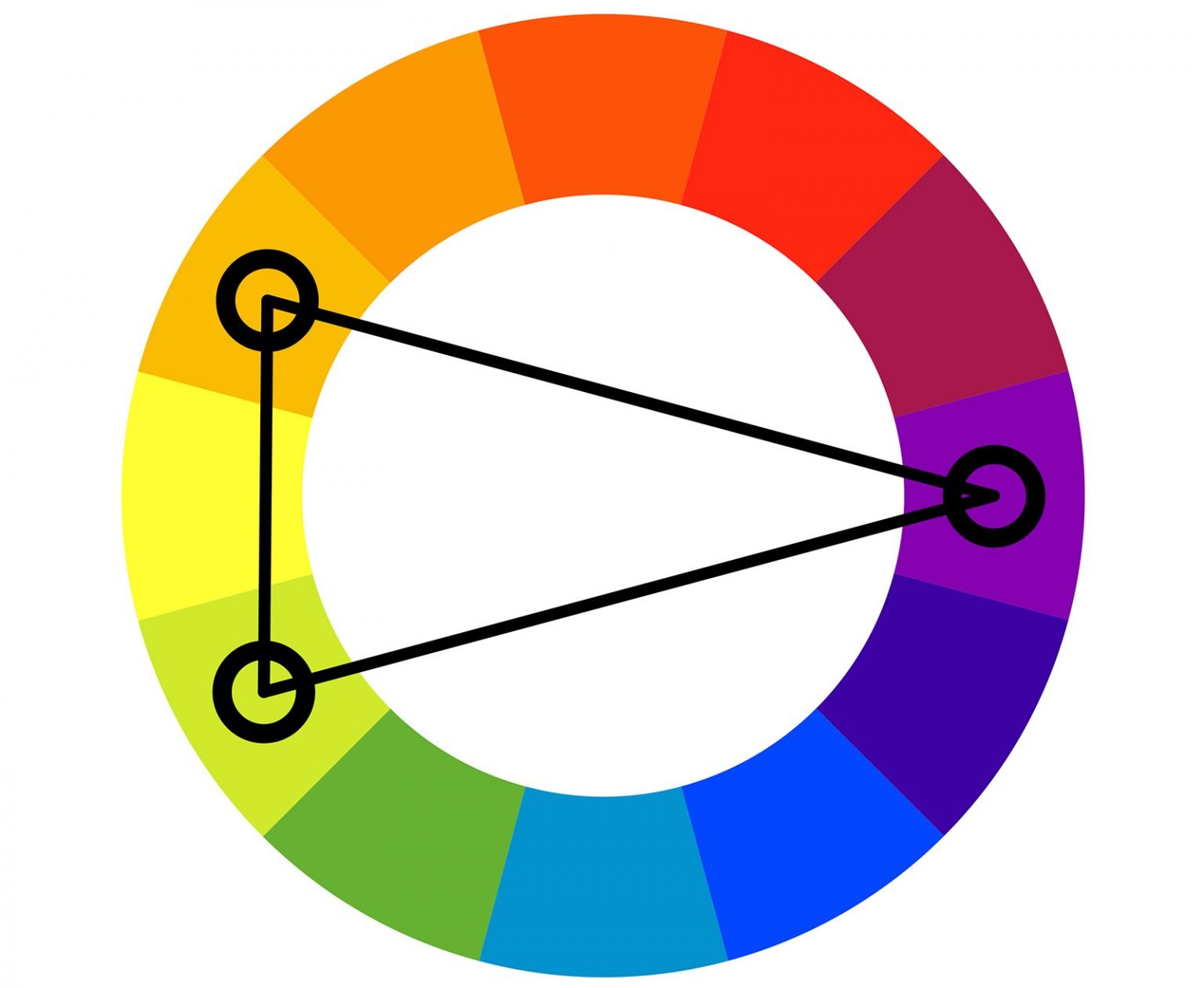
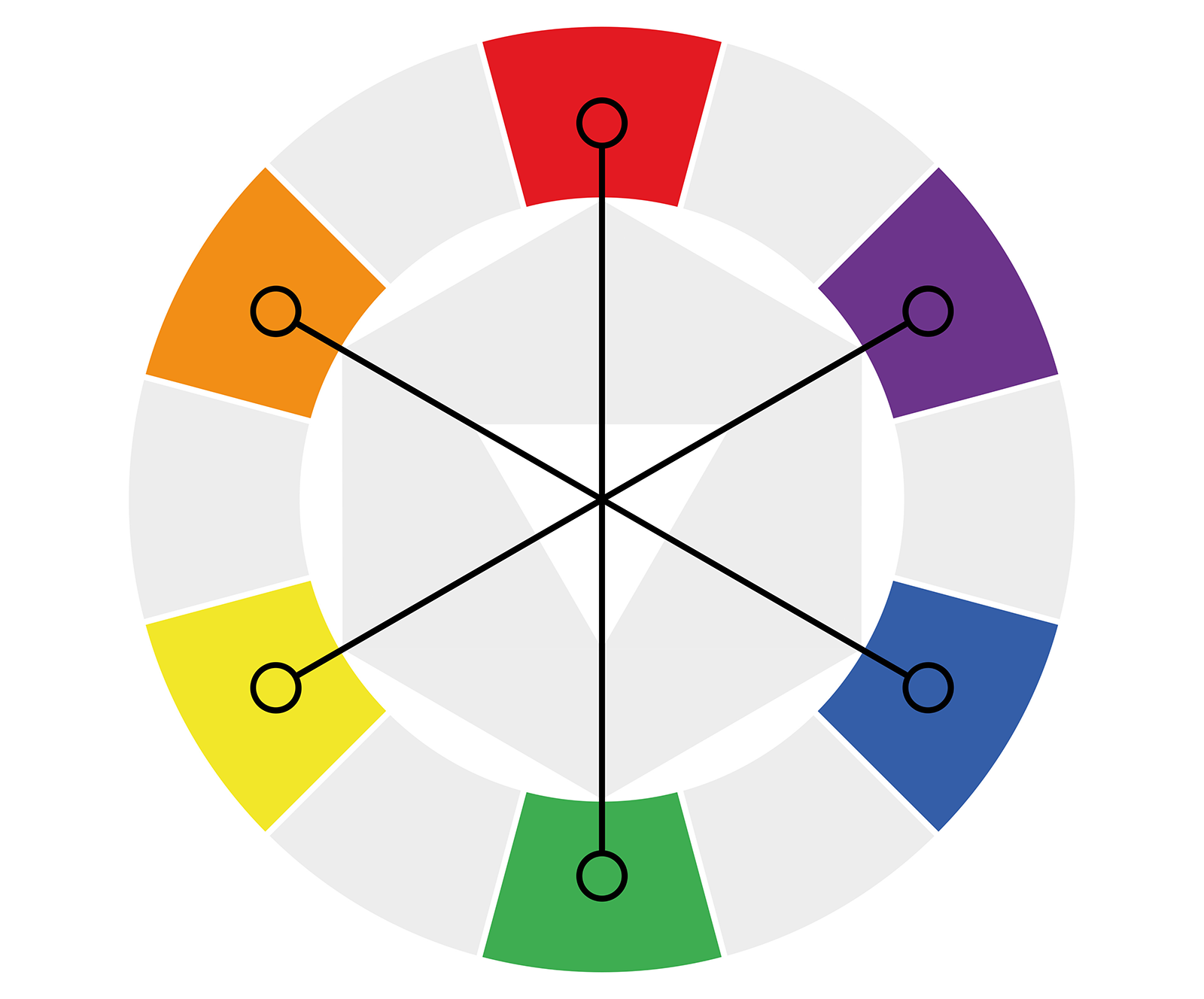

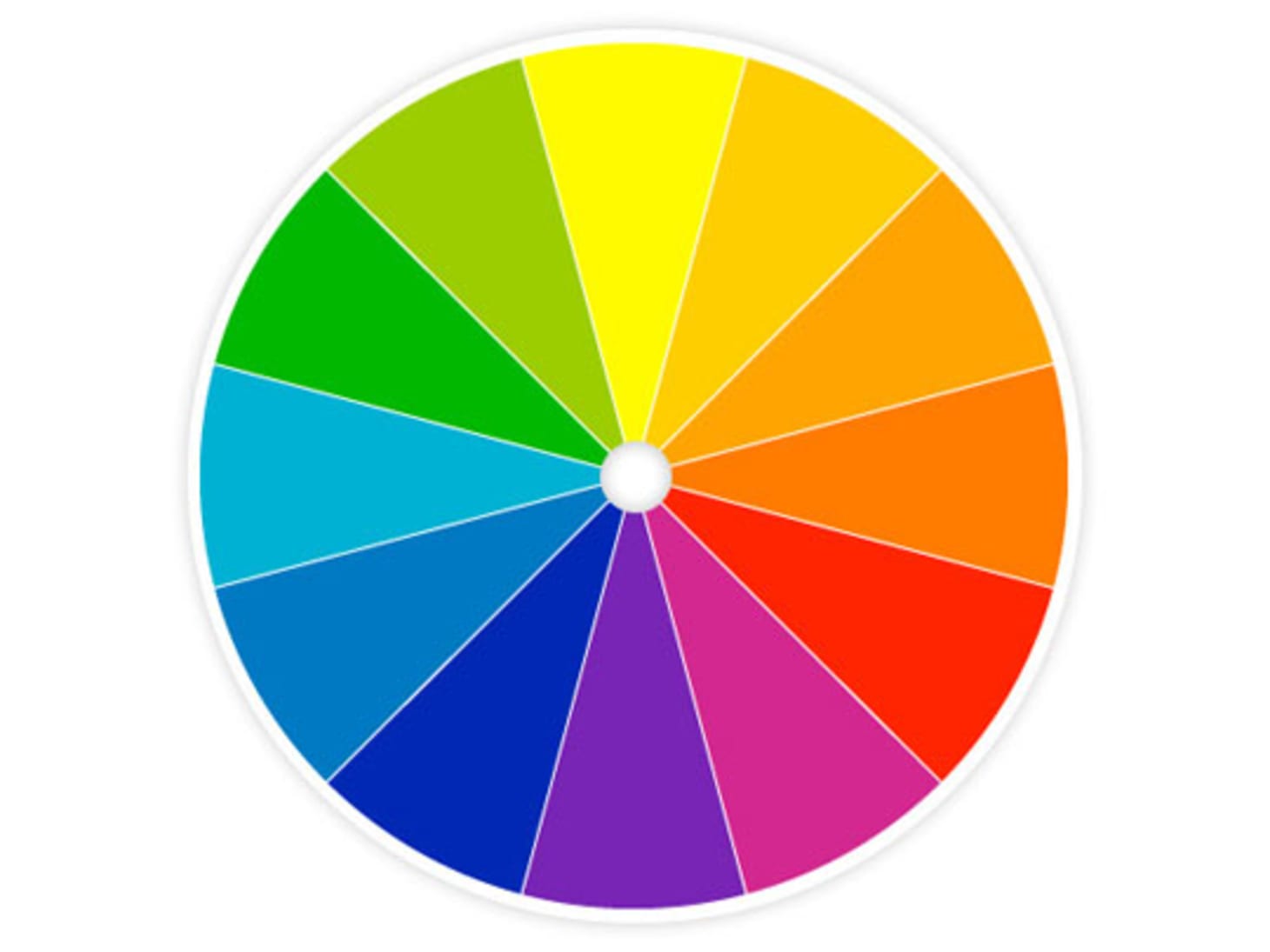
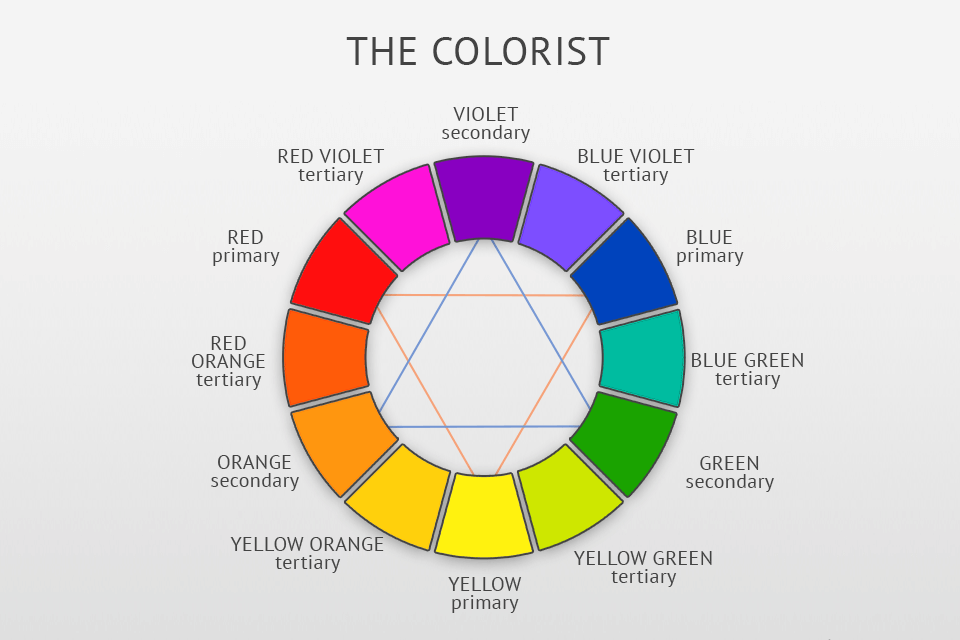
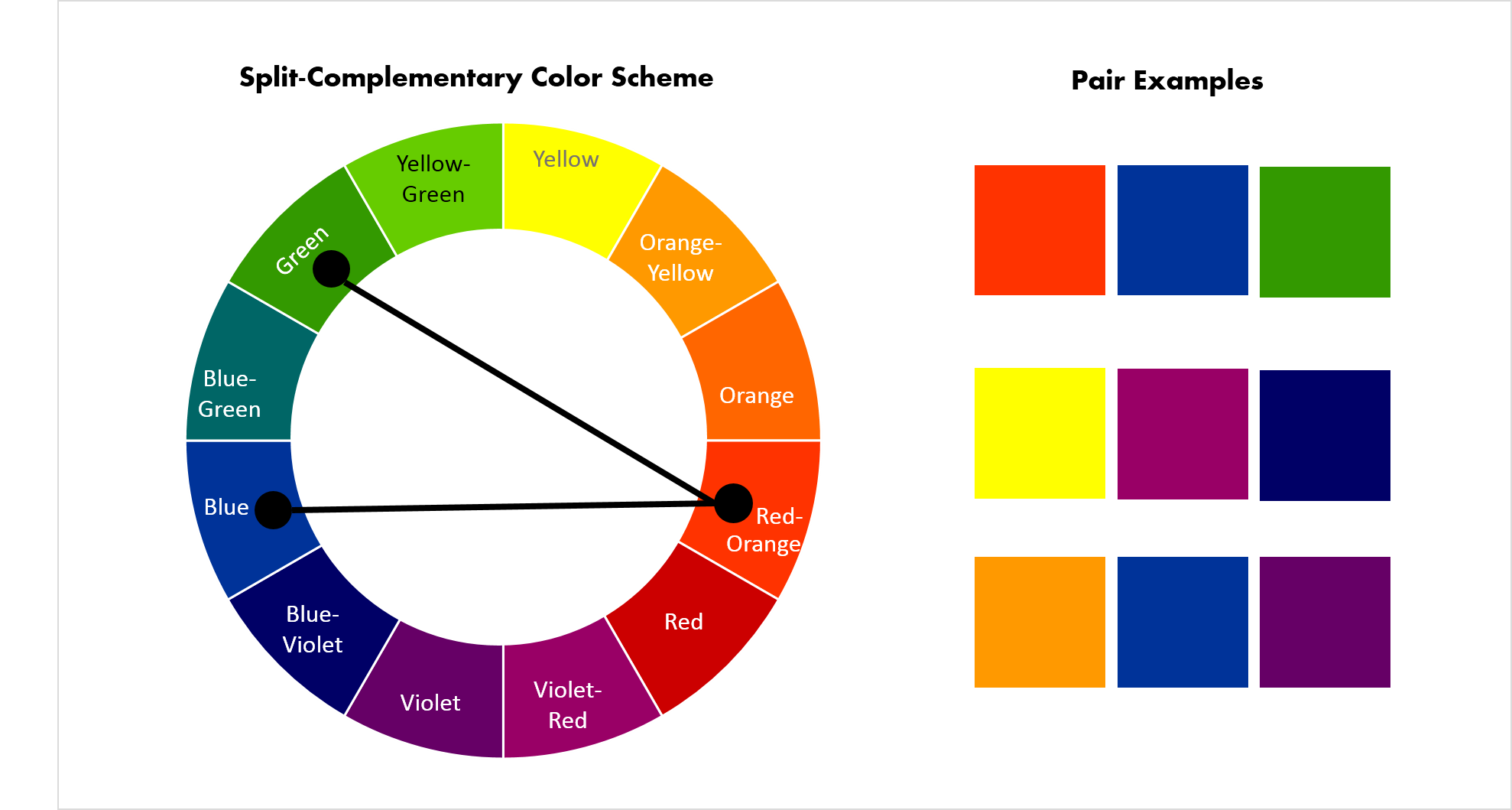
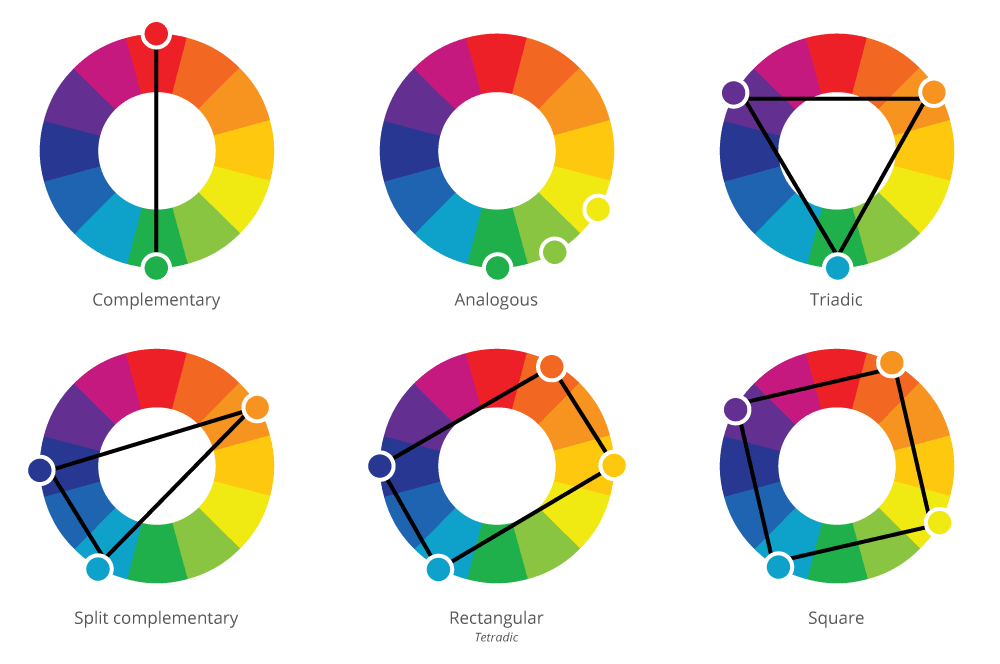
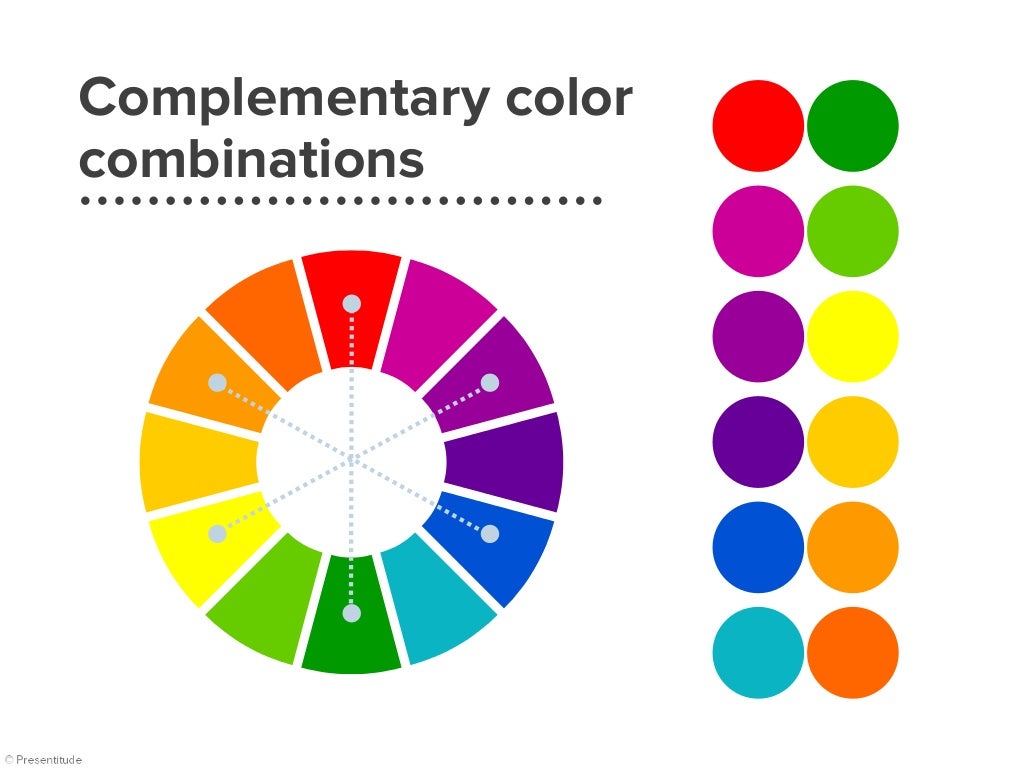

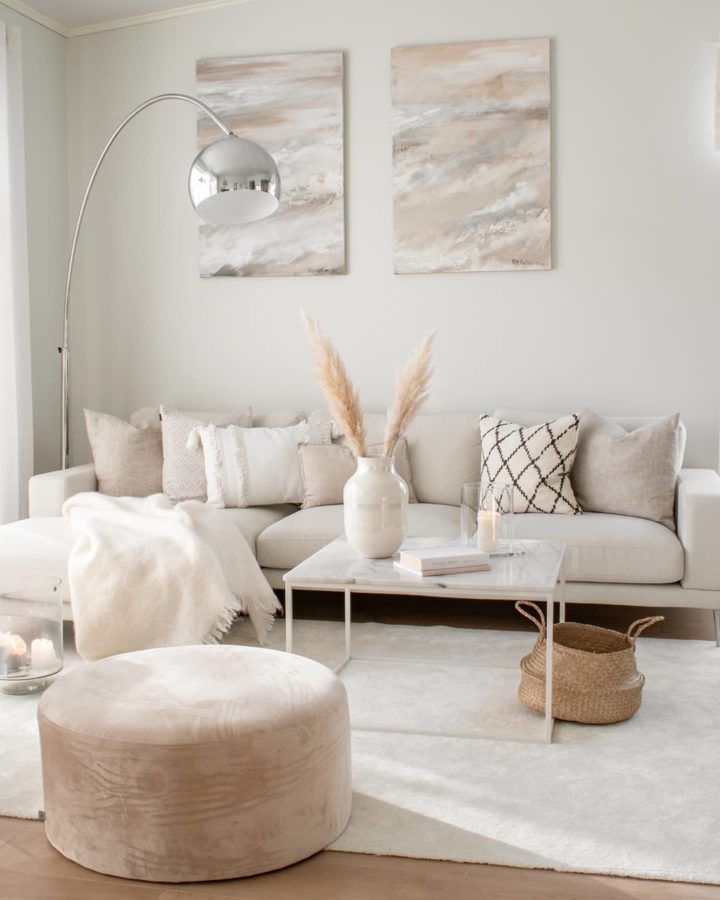


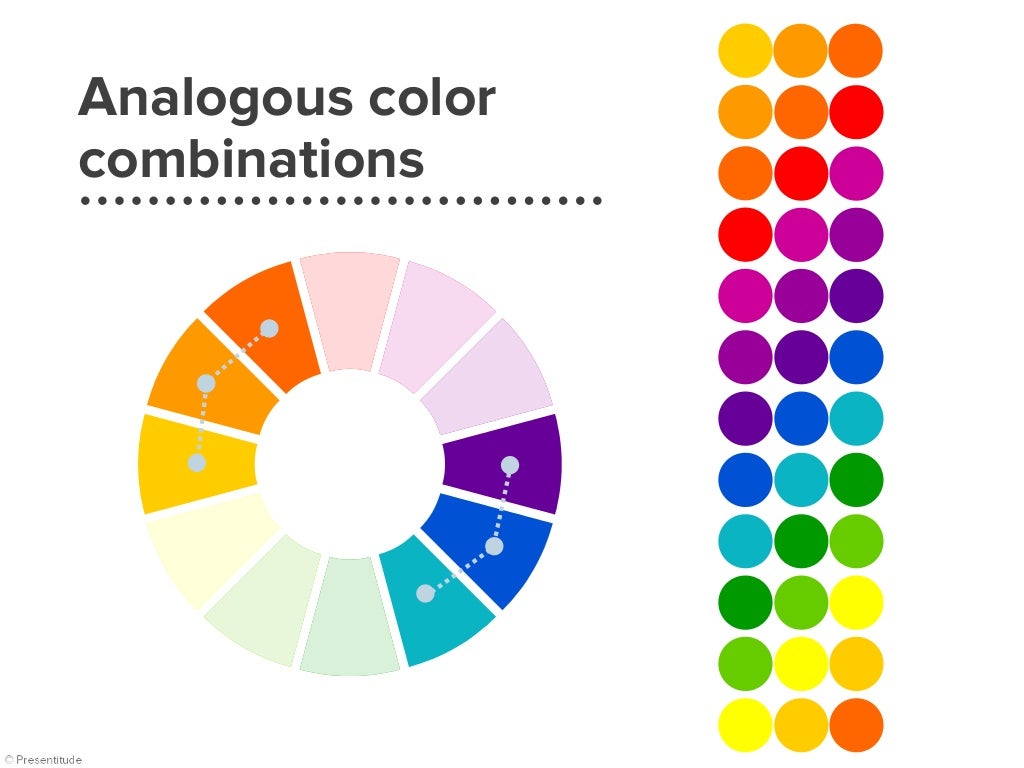

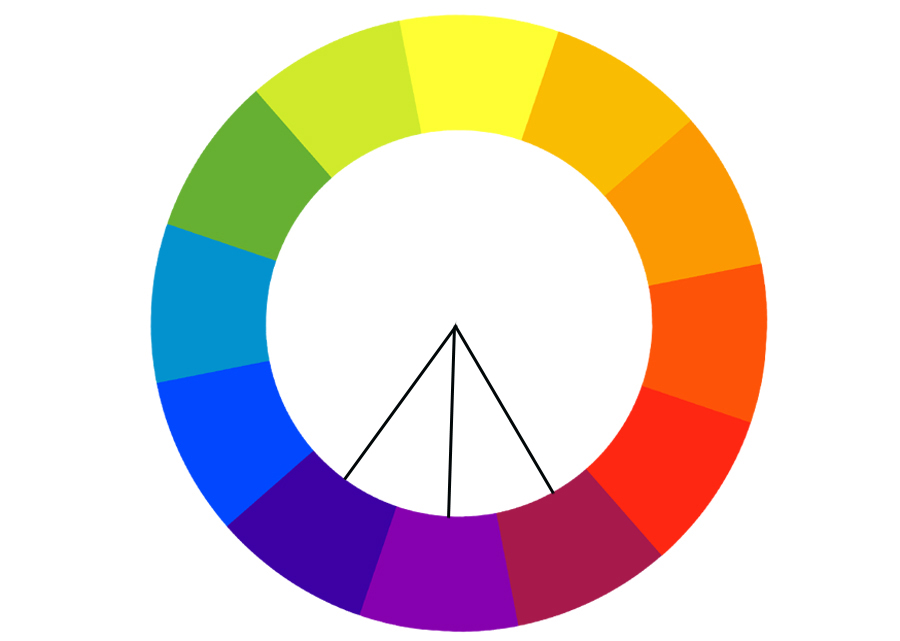


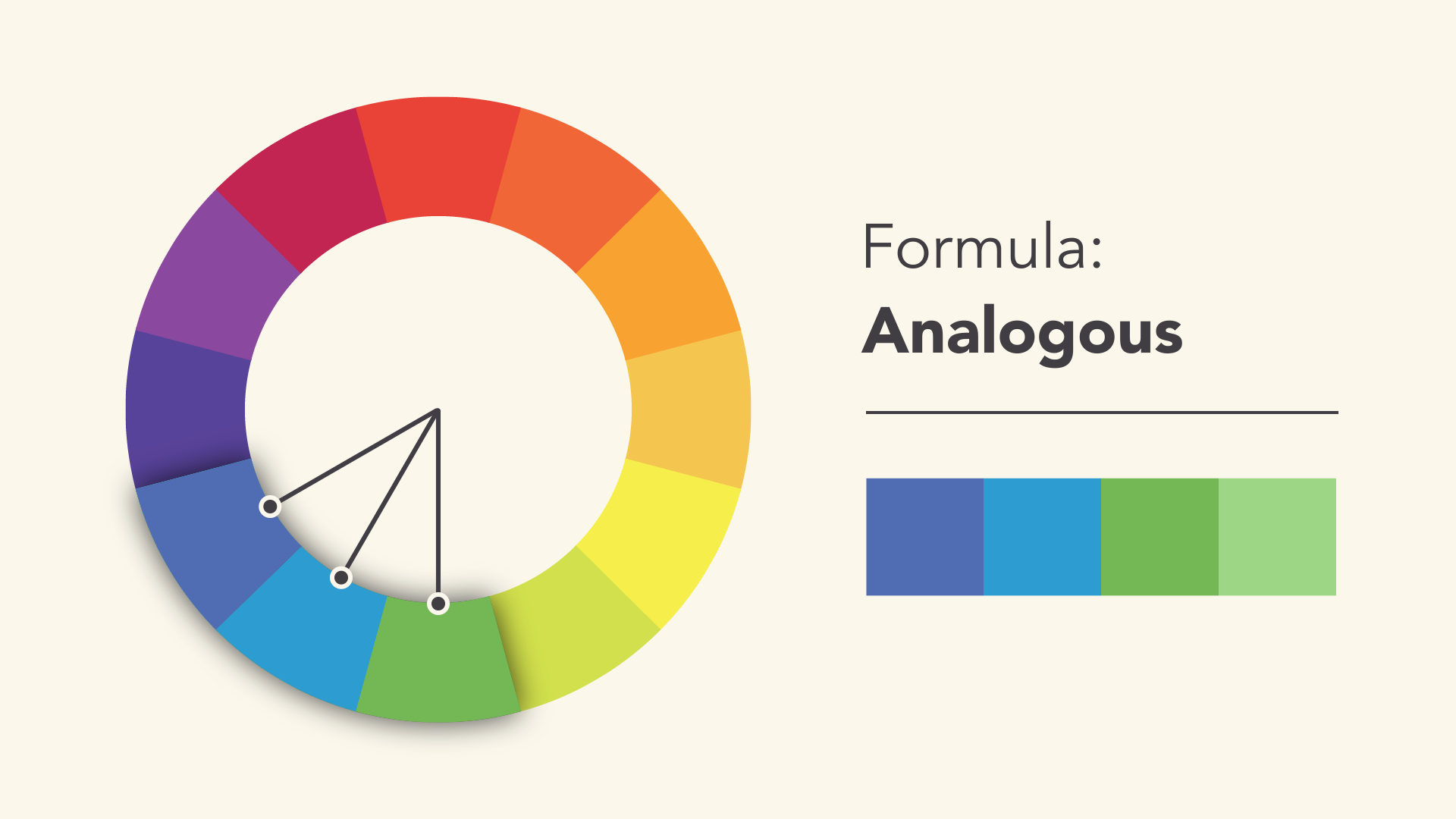

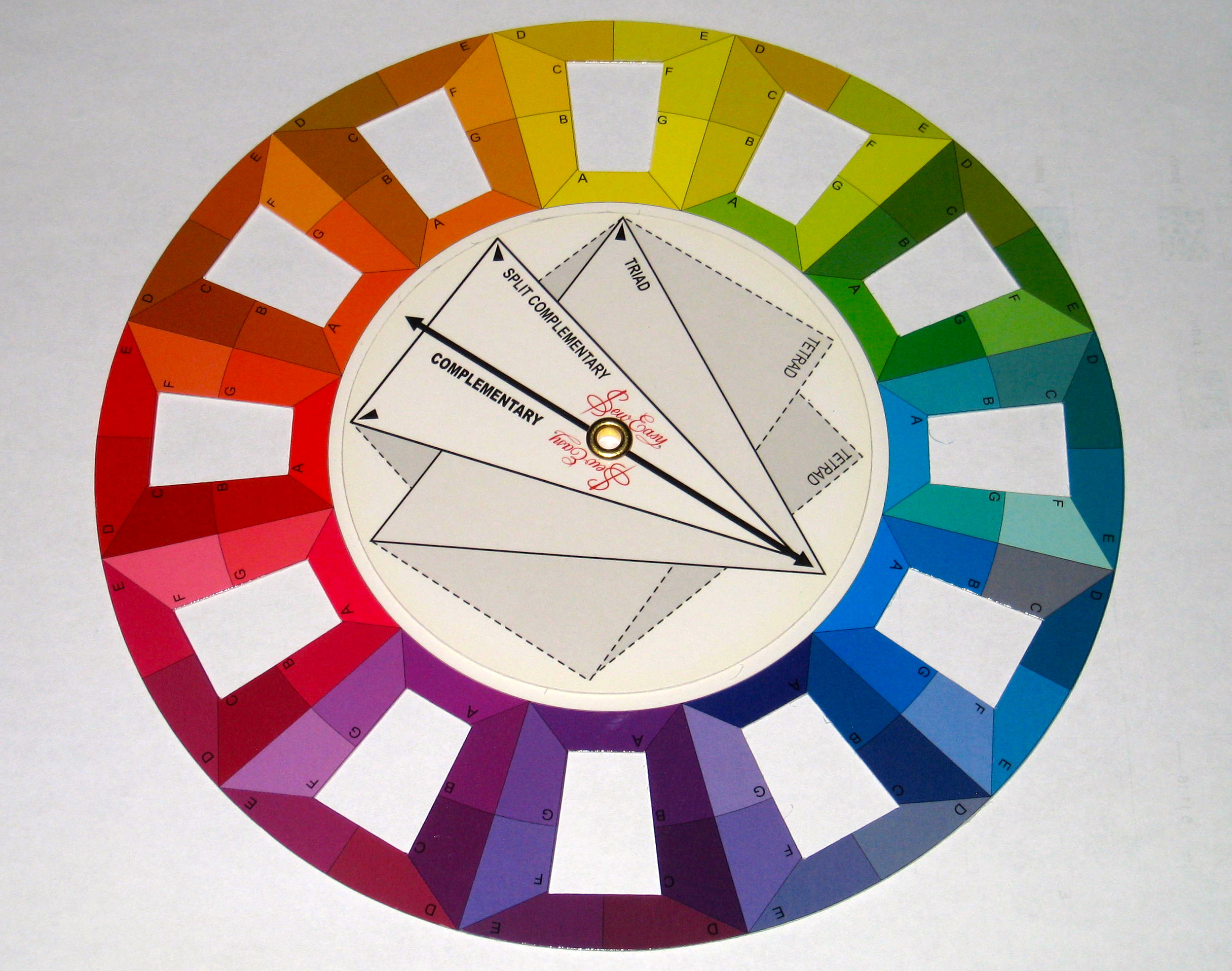
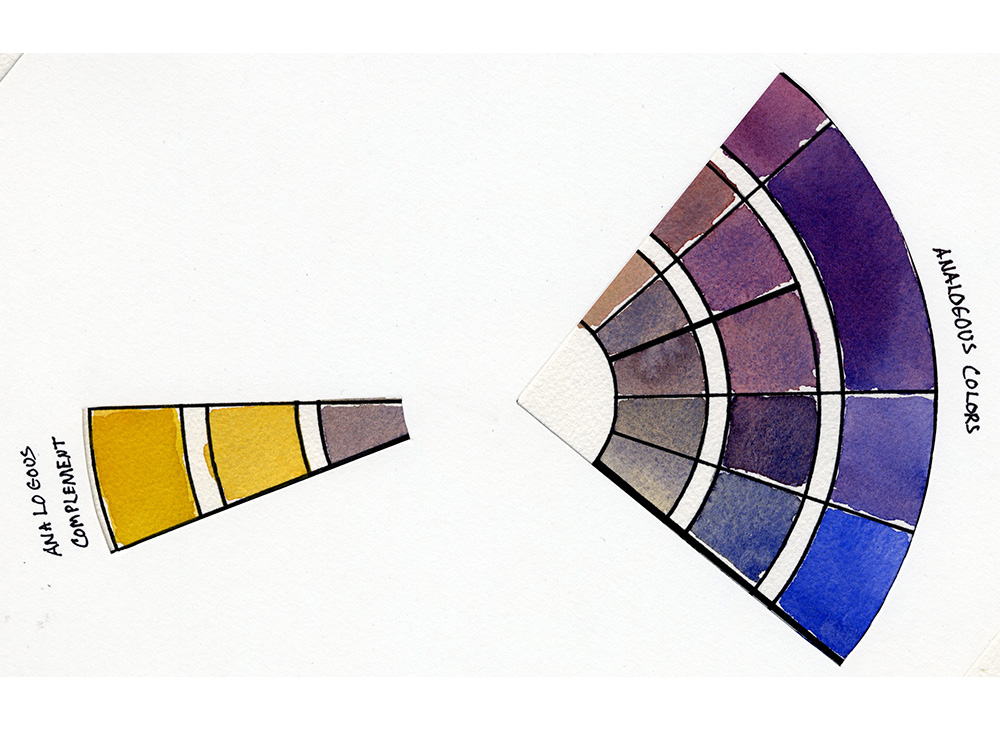
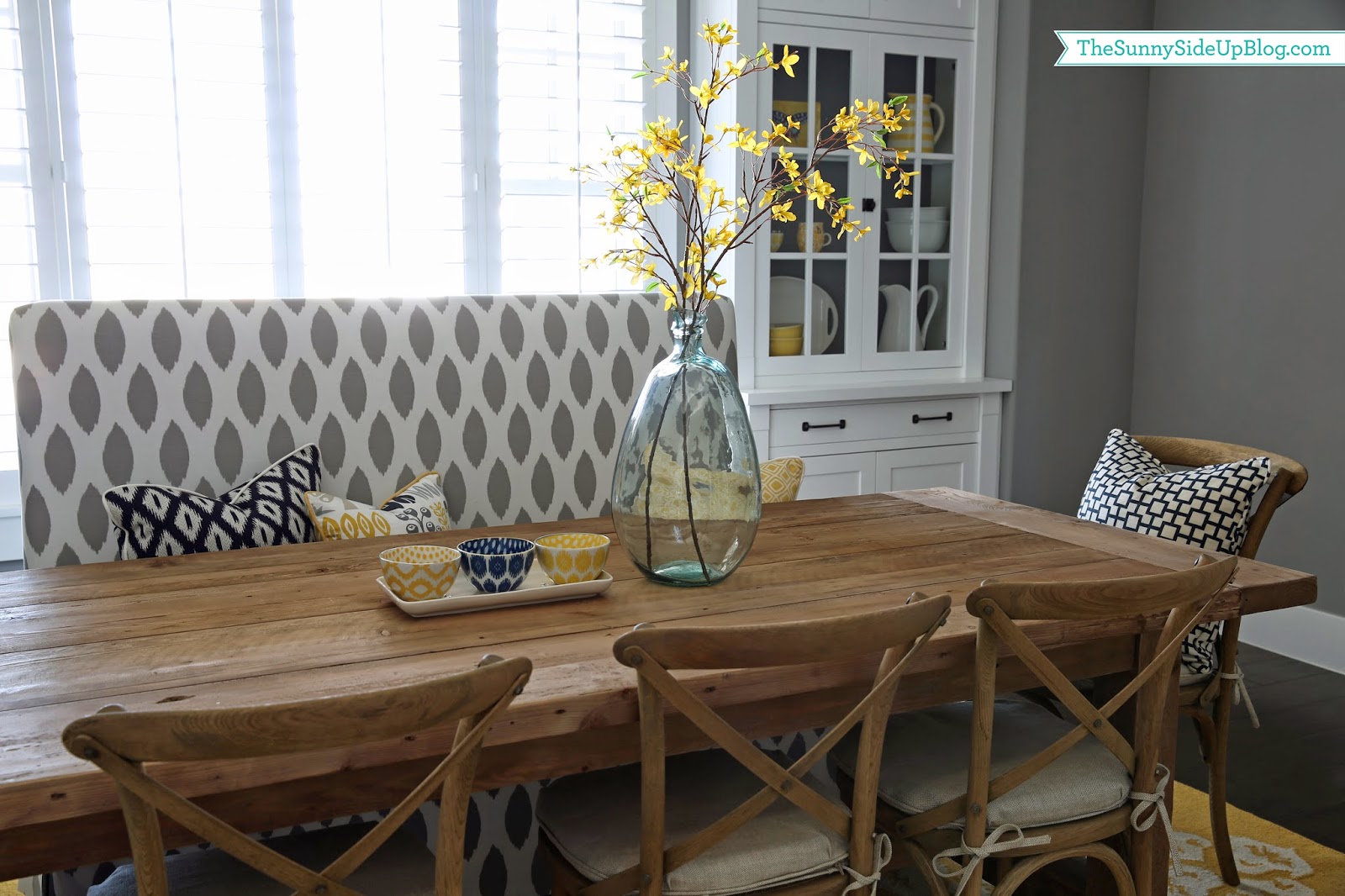



/media/img/prizes/prizegrab-sleep-number-bed-sweepstakes.jpg)
